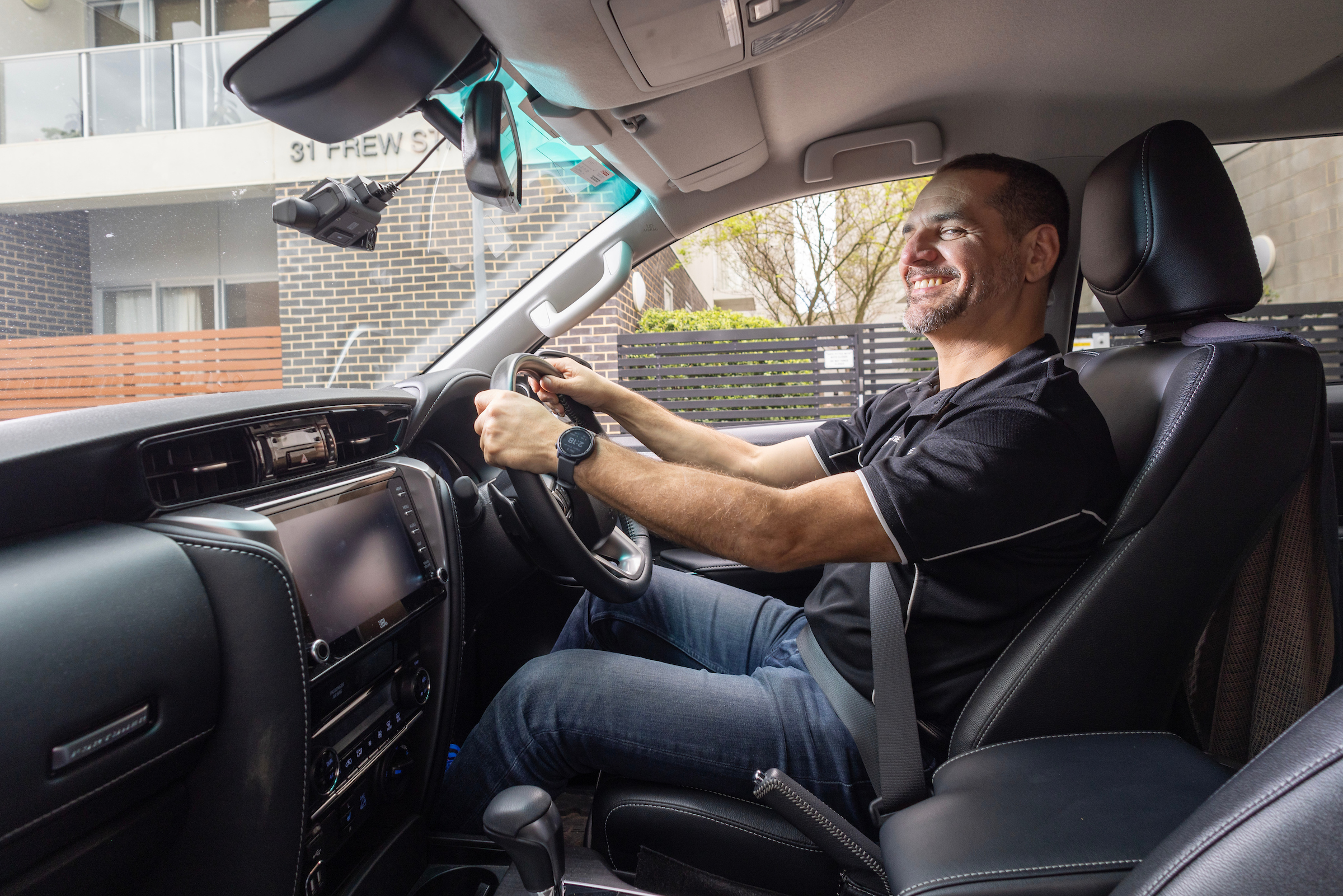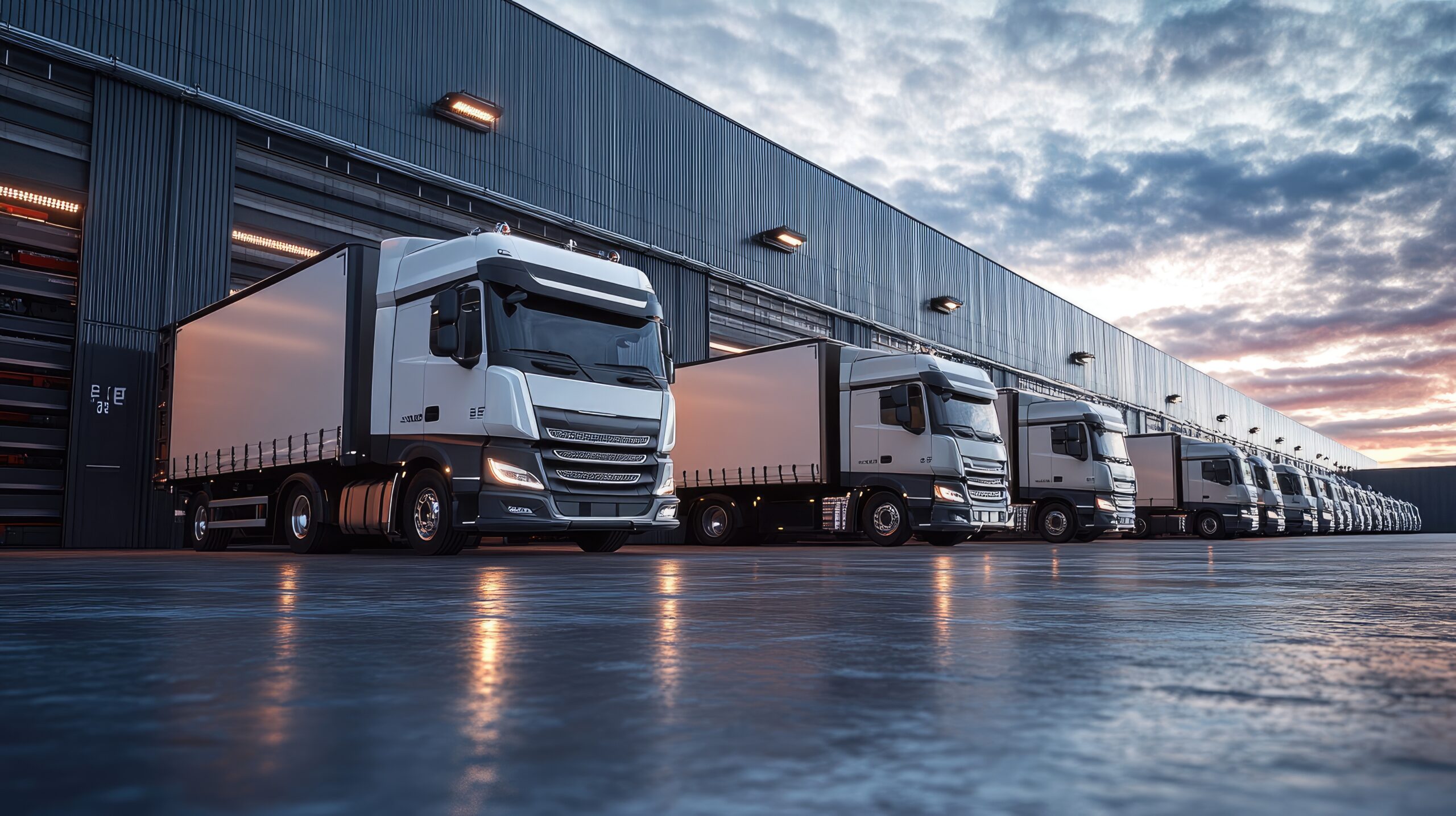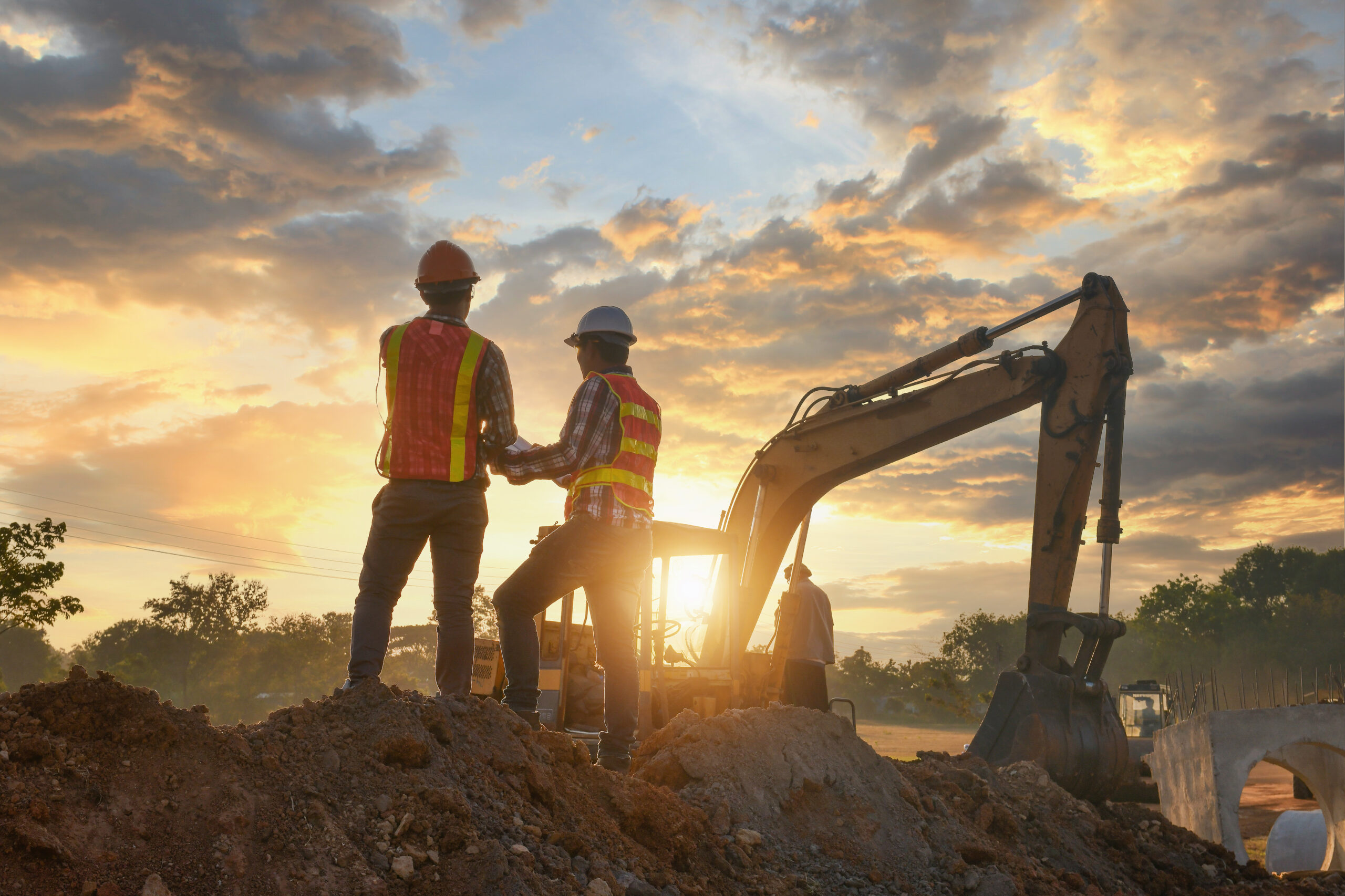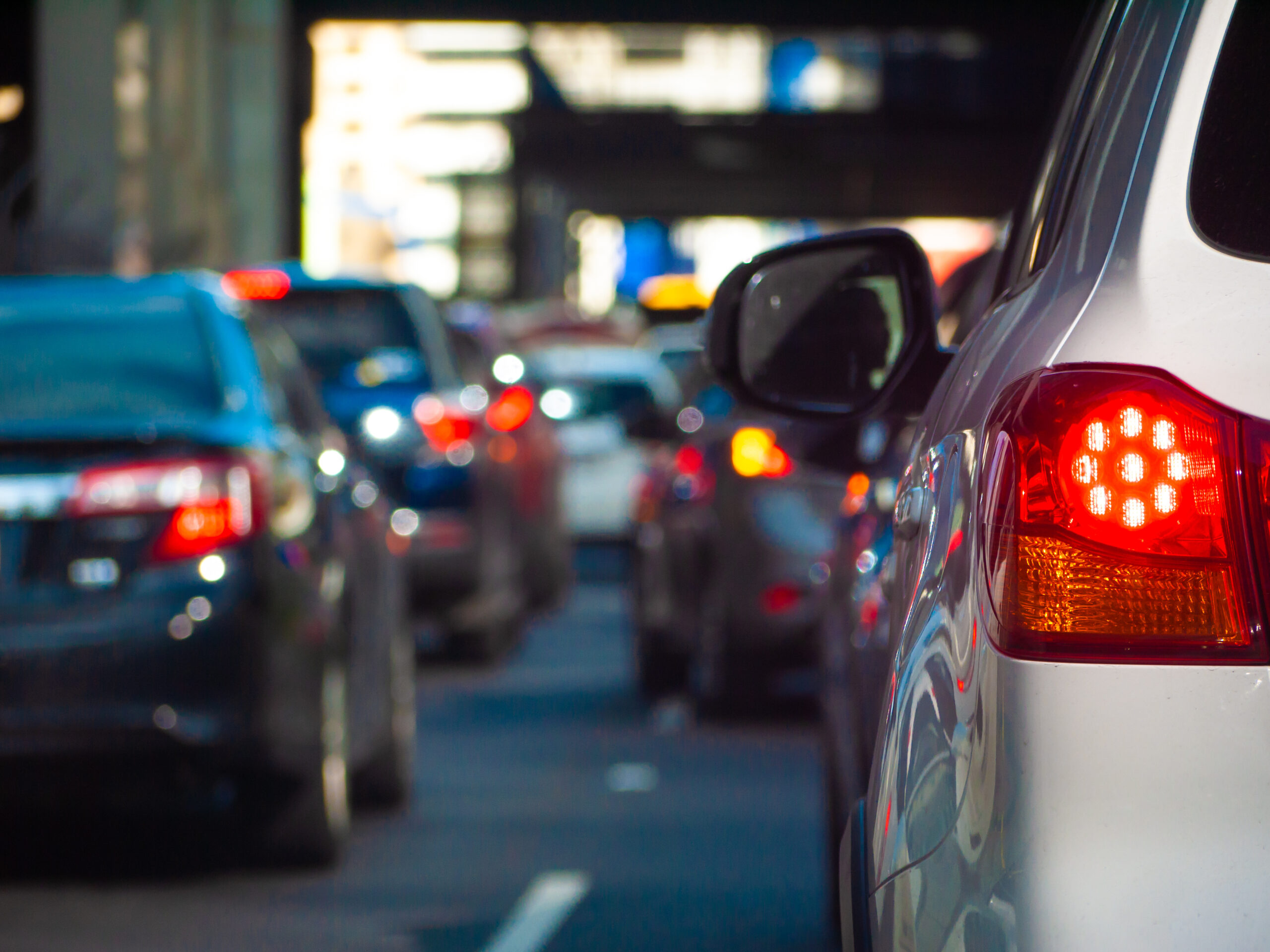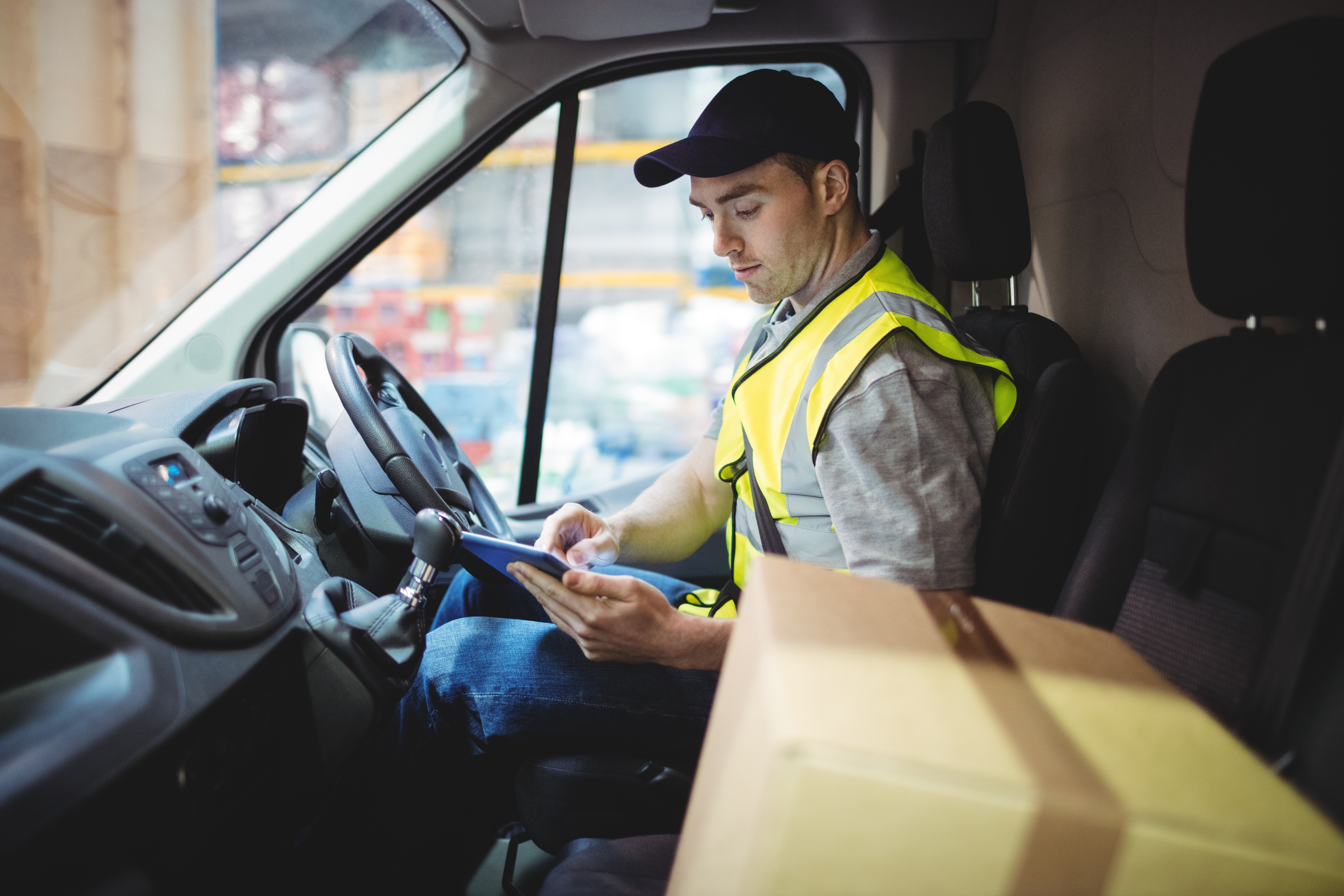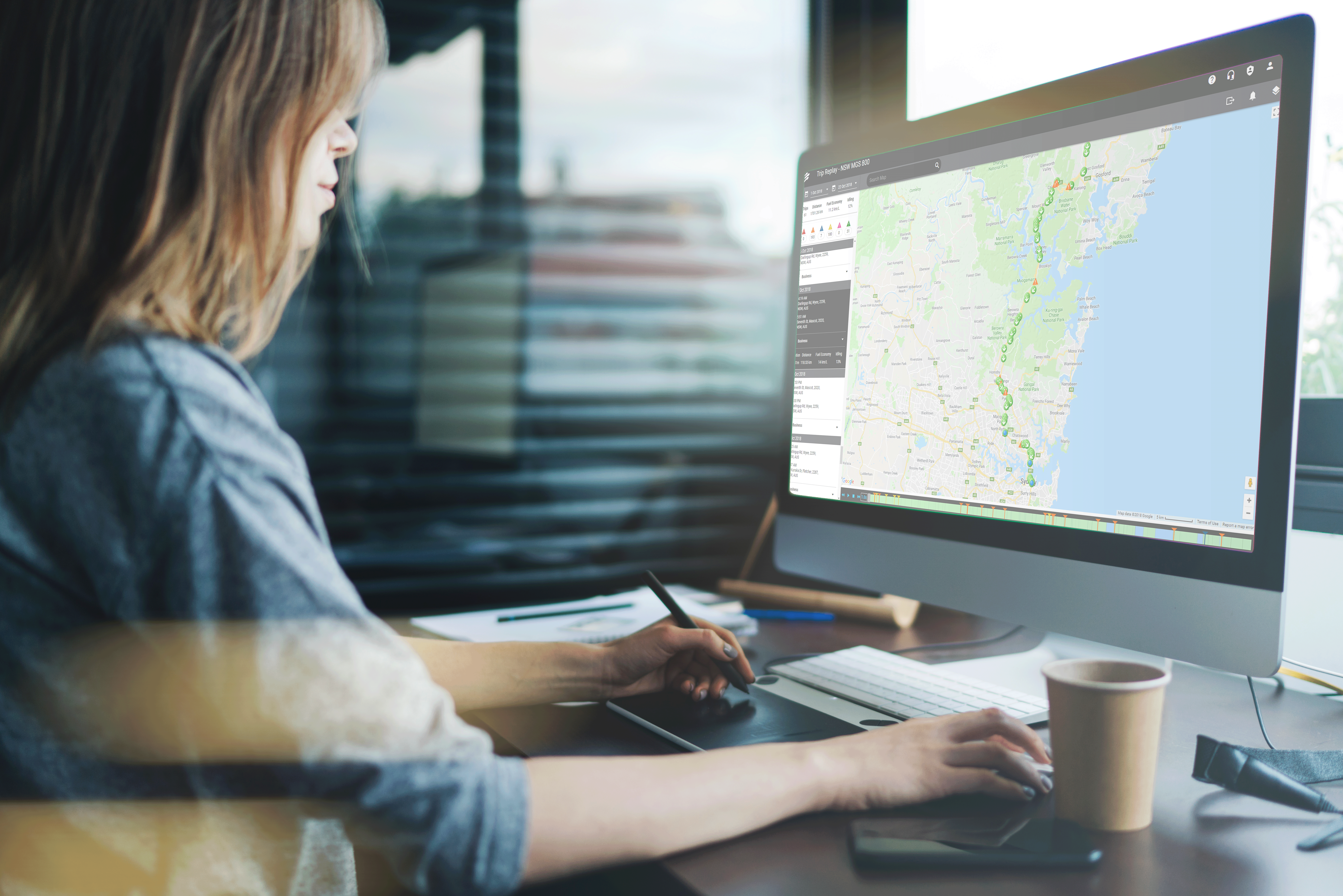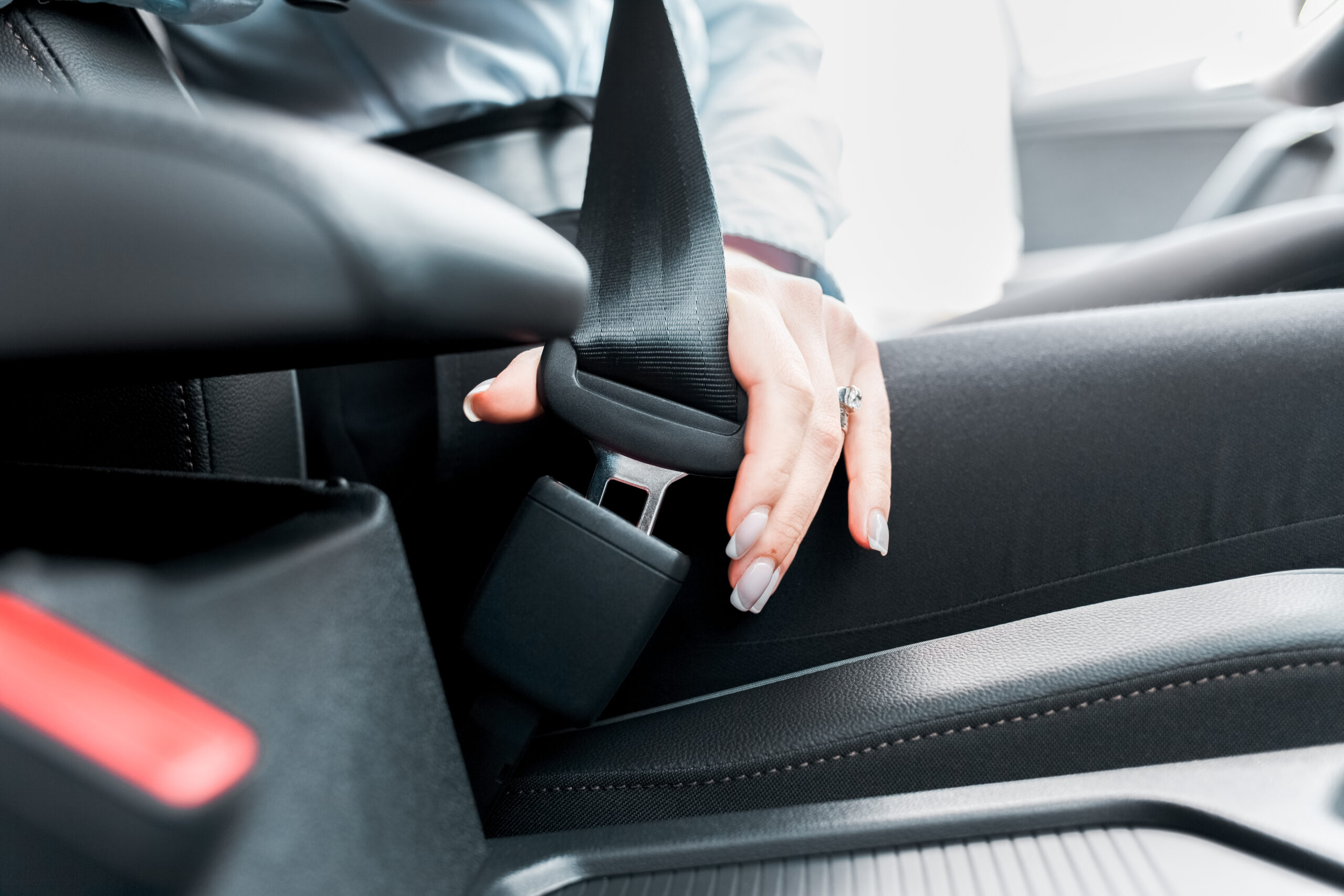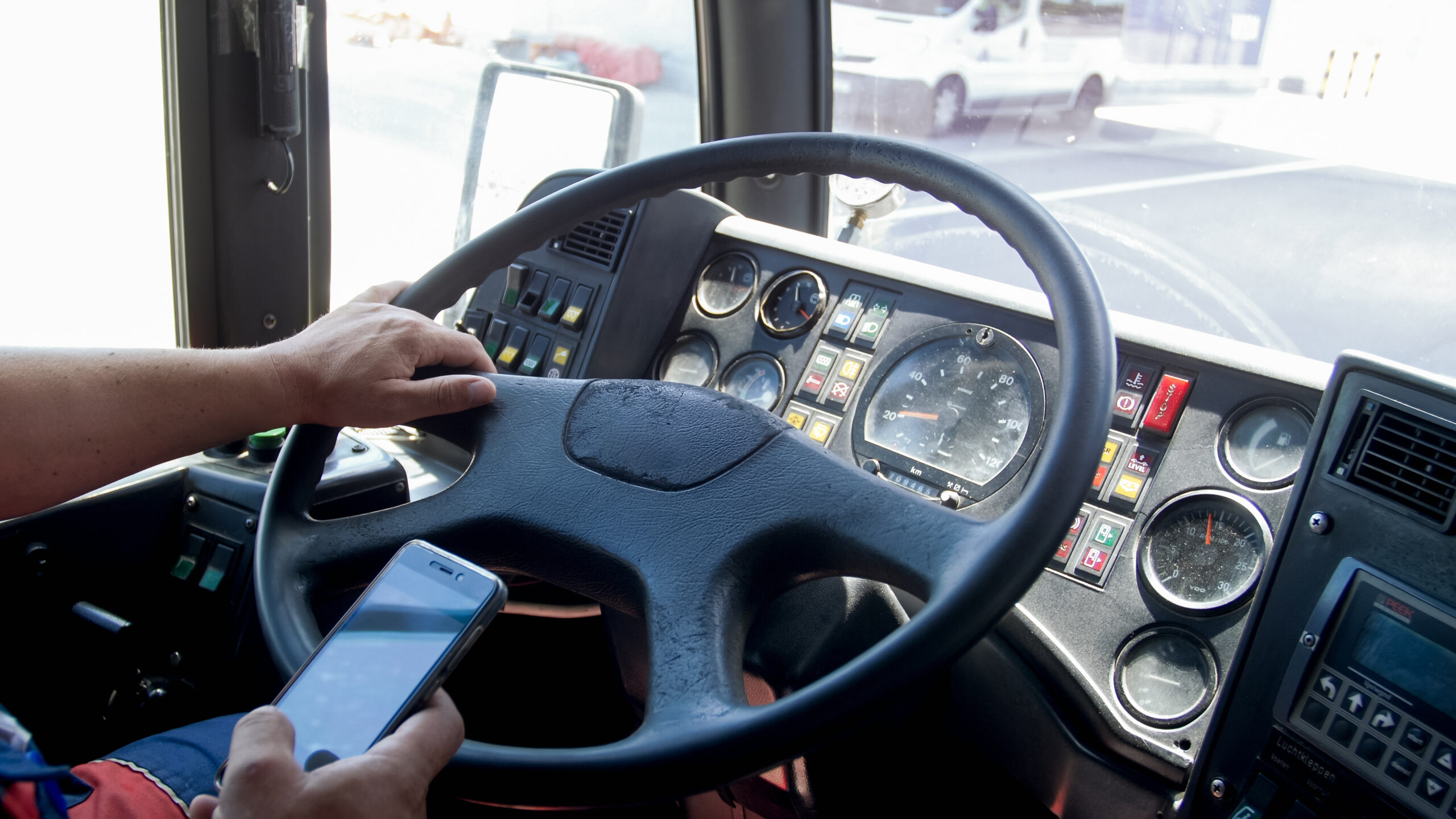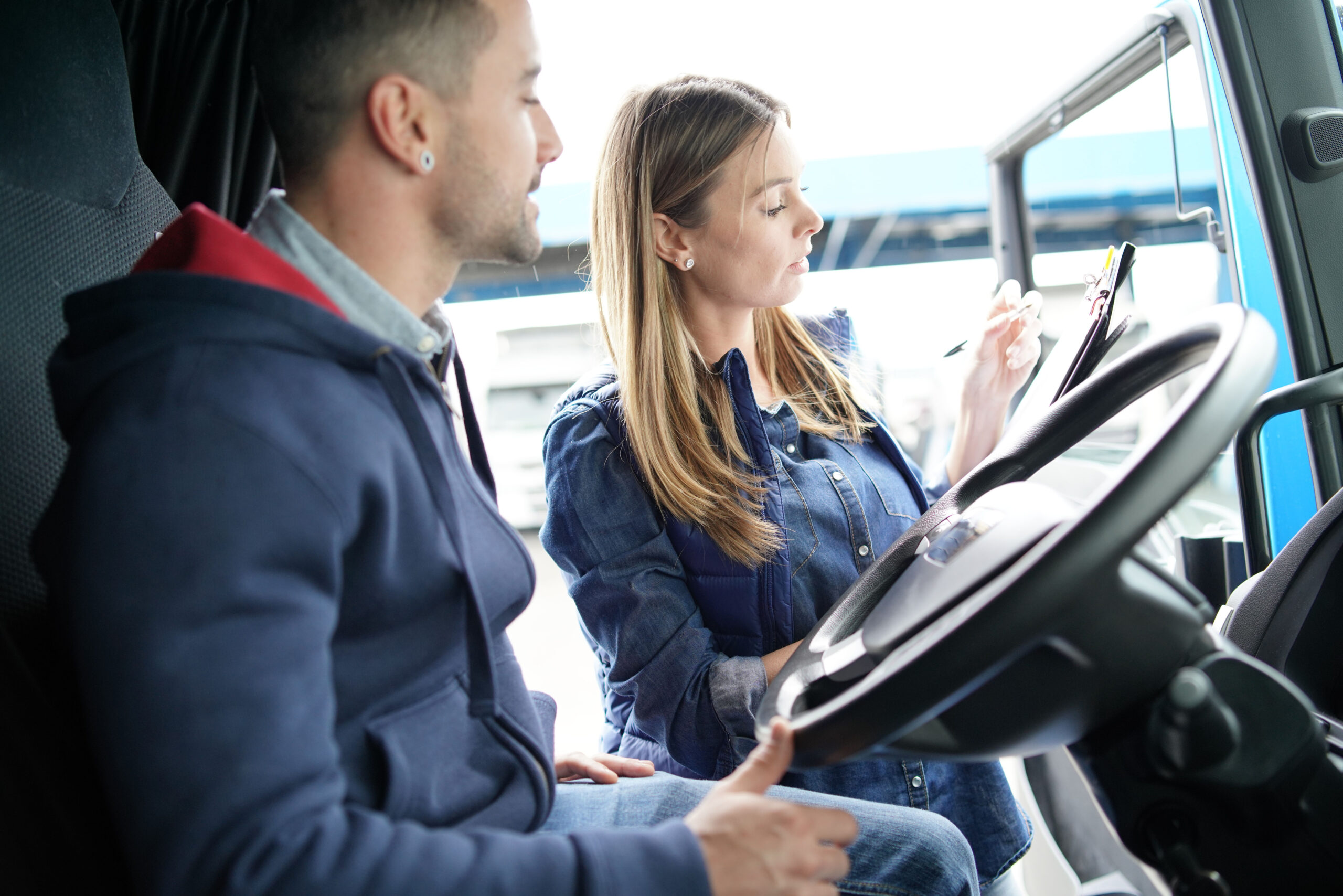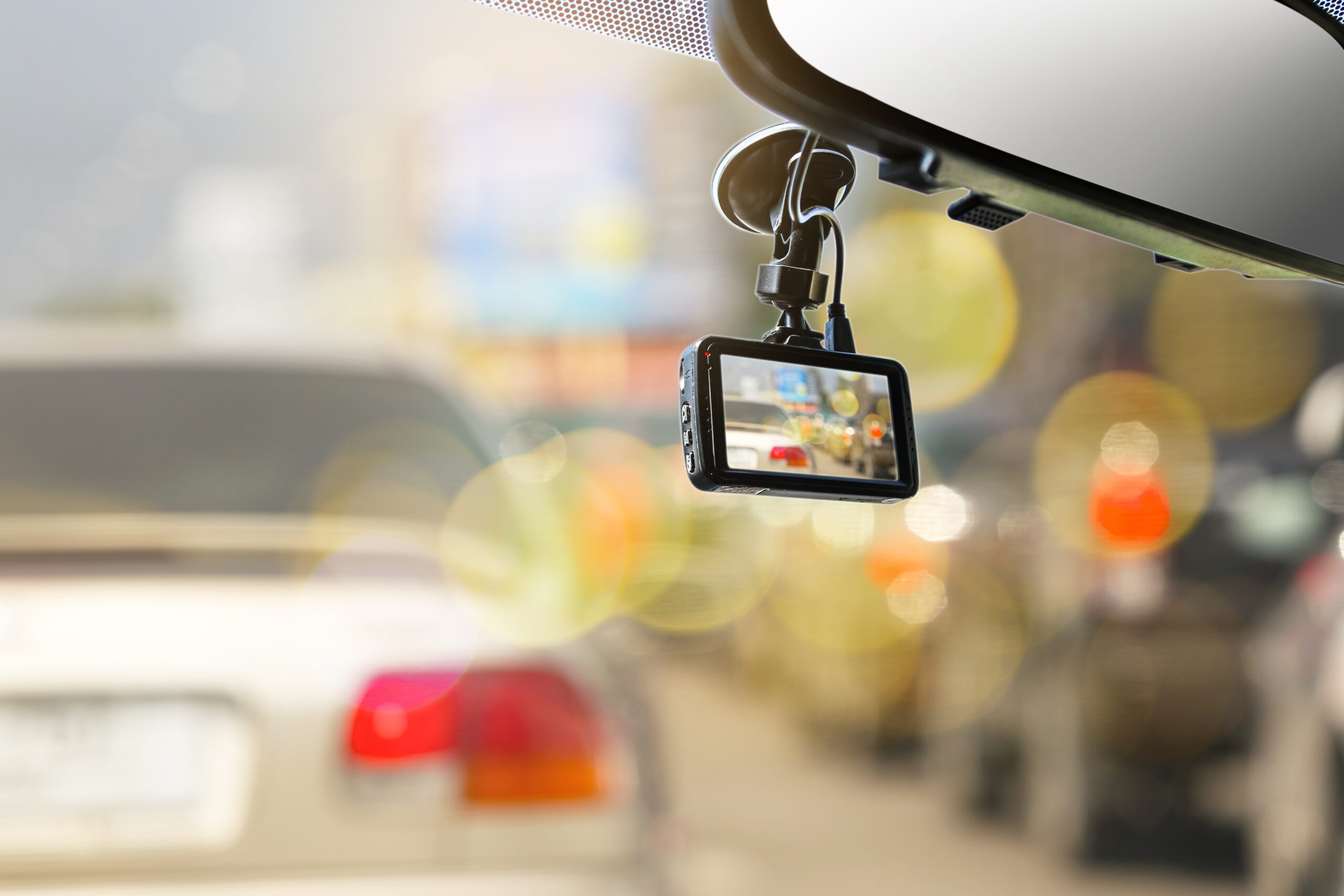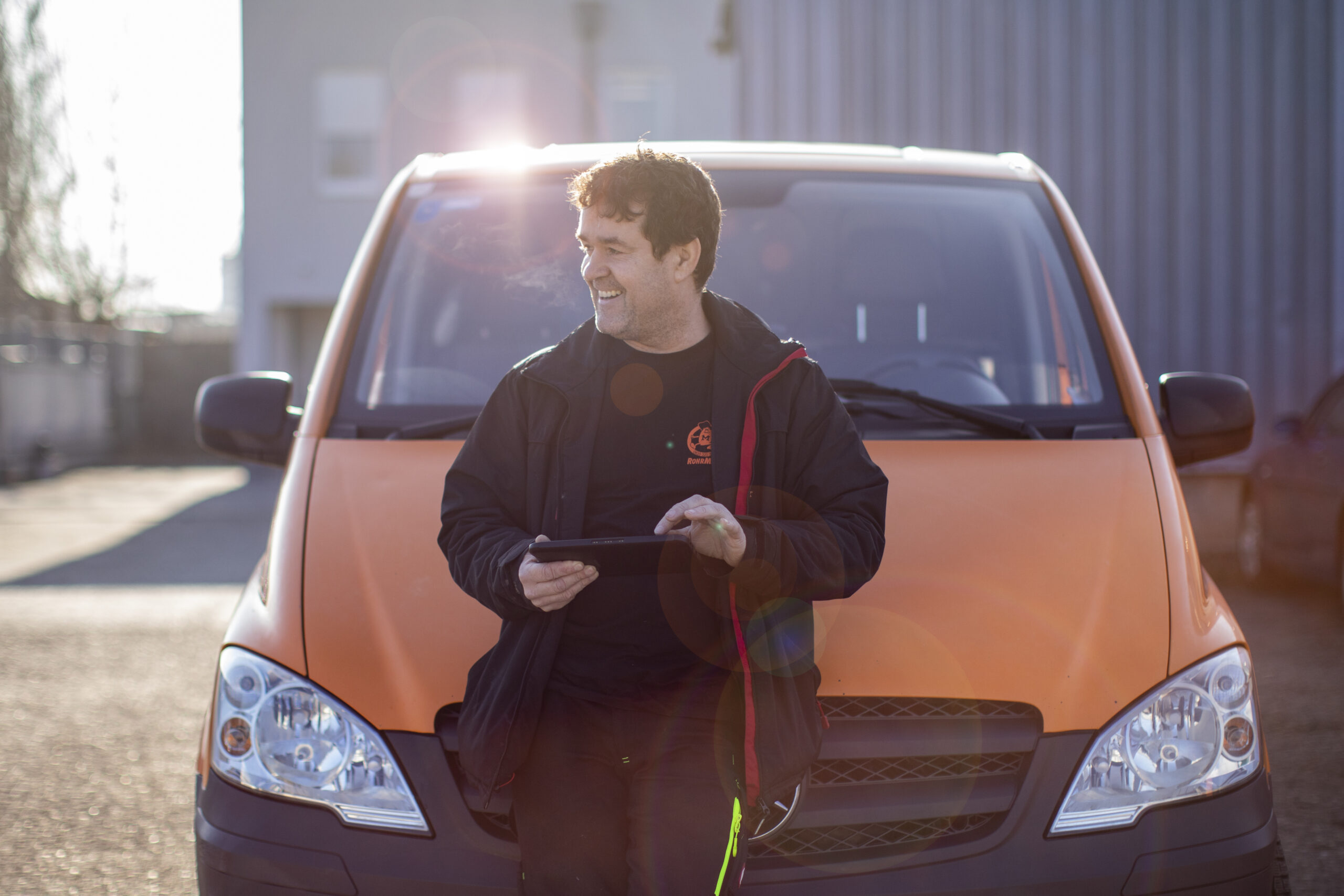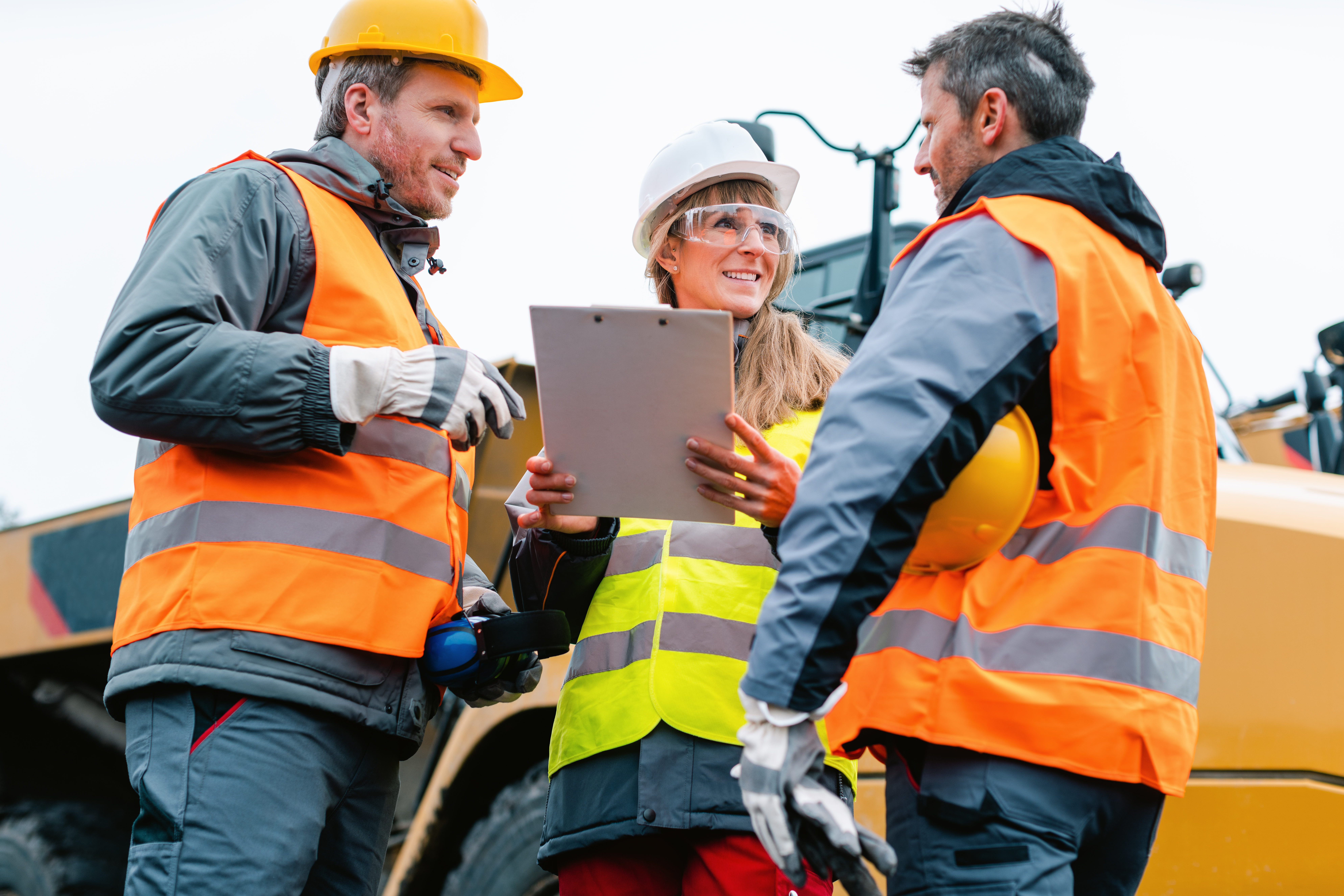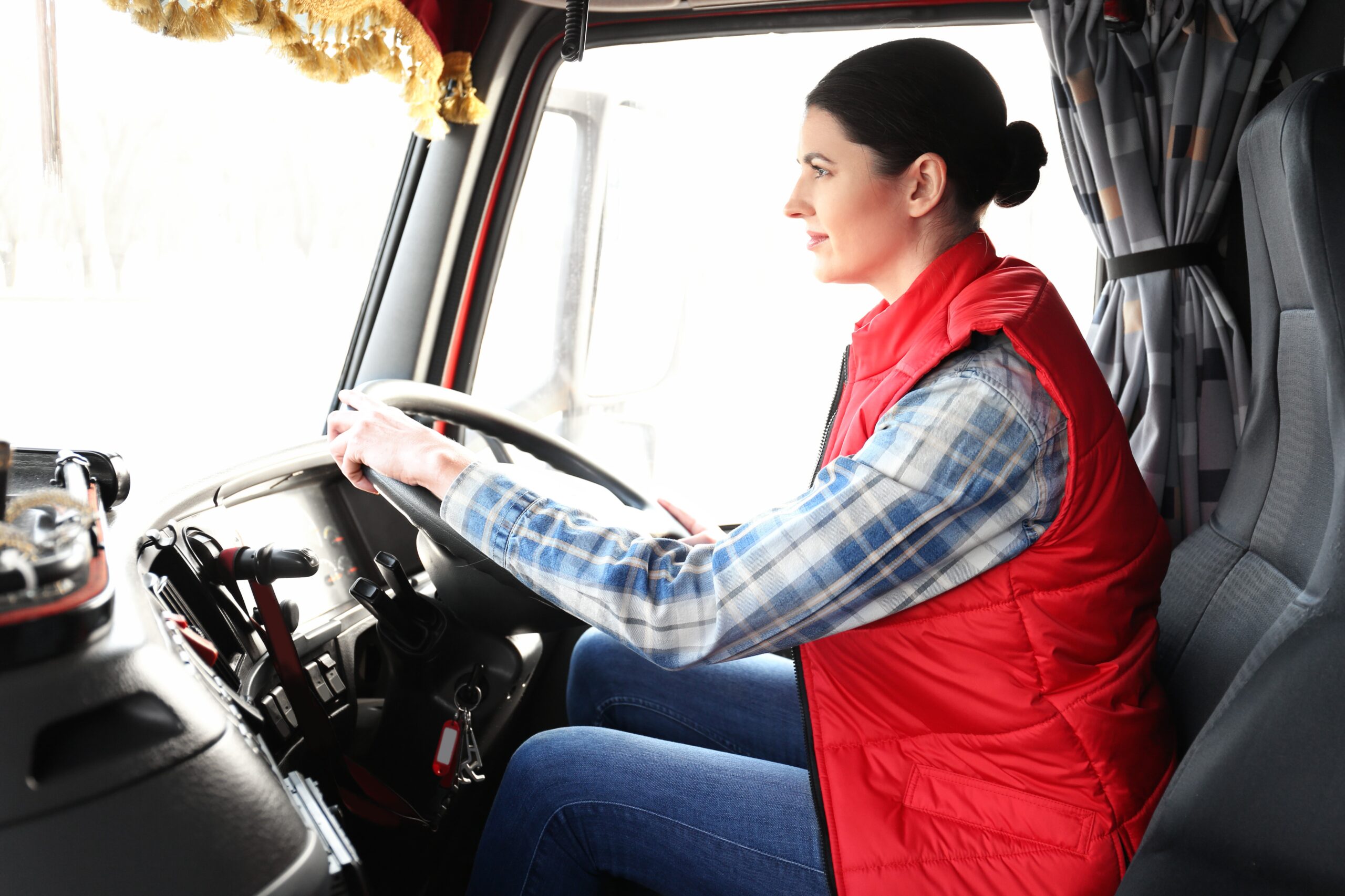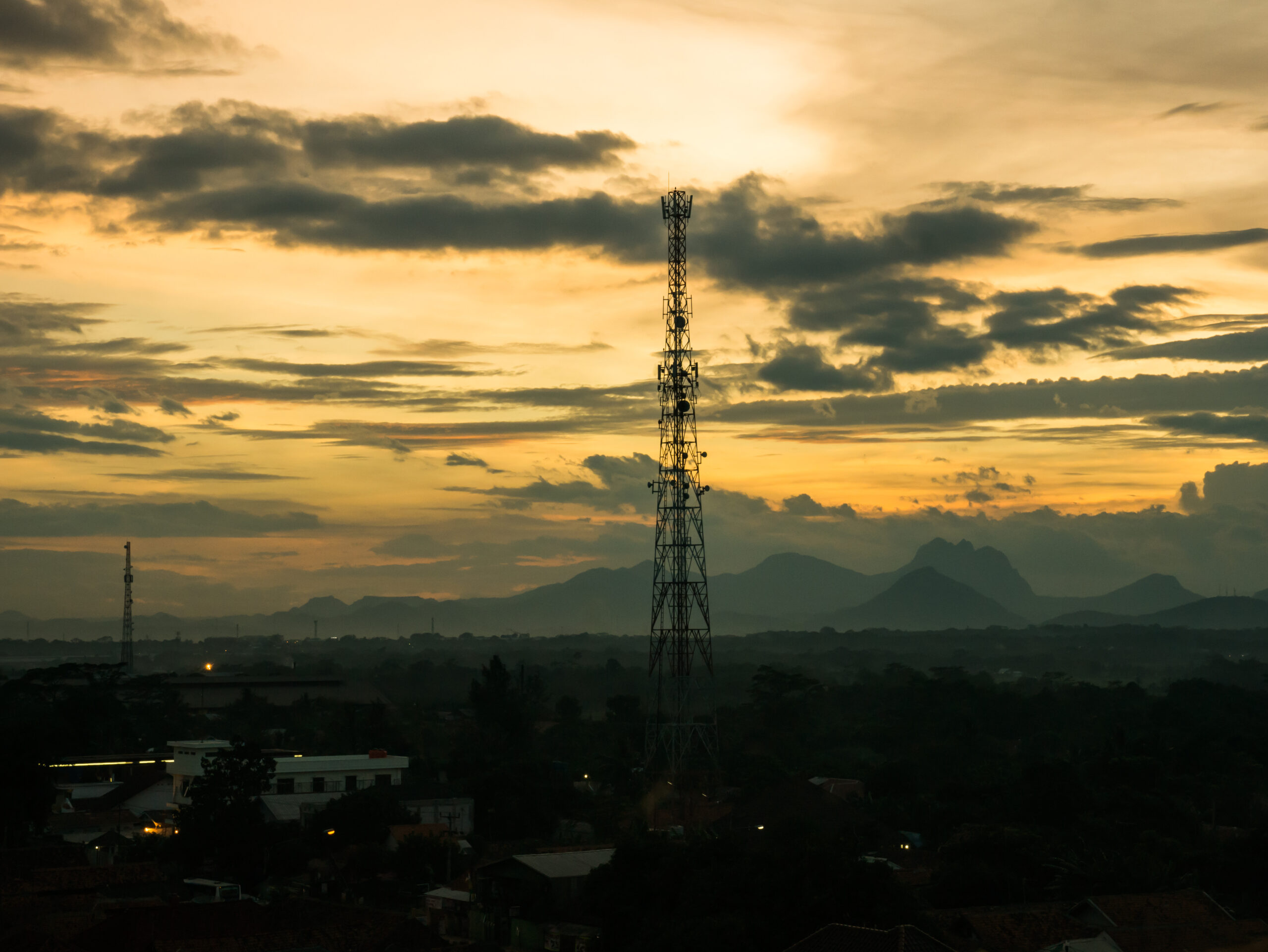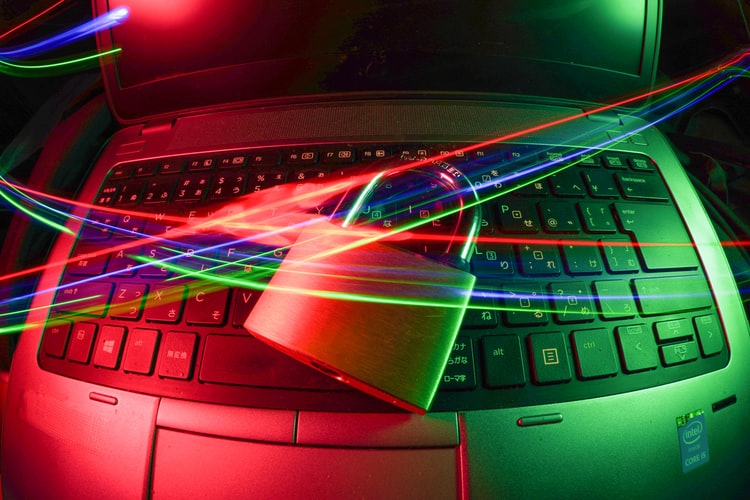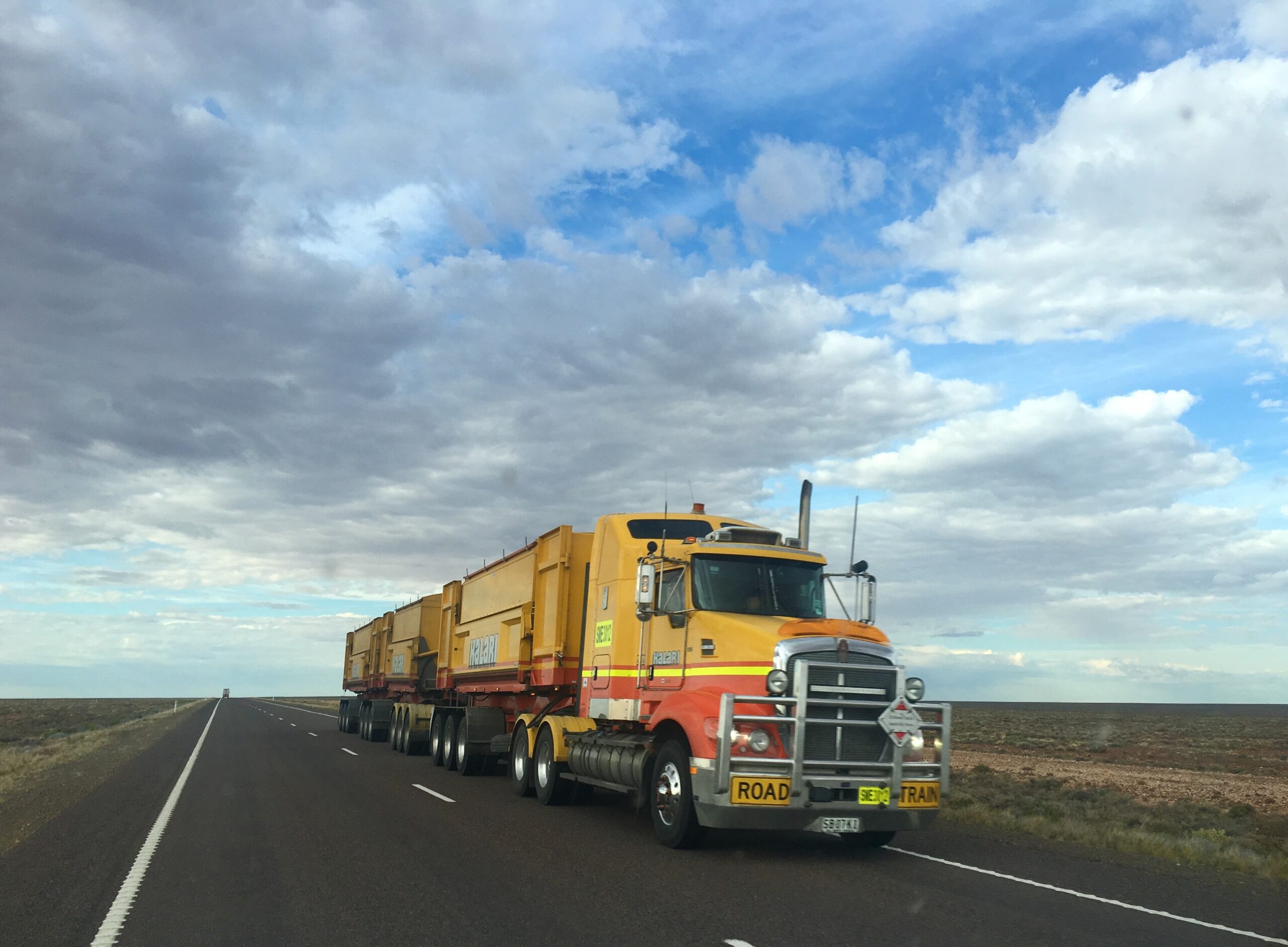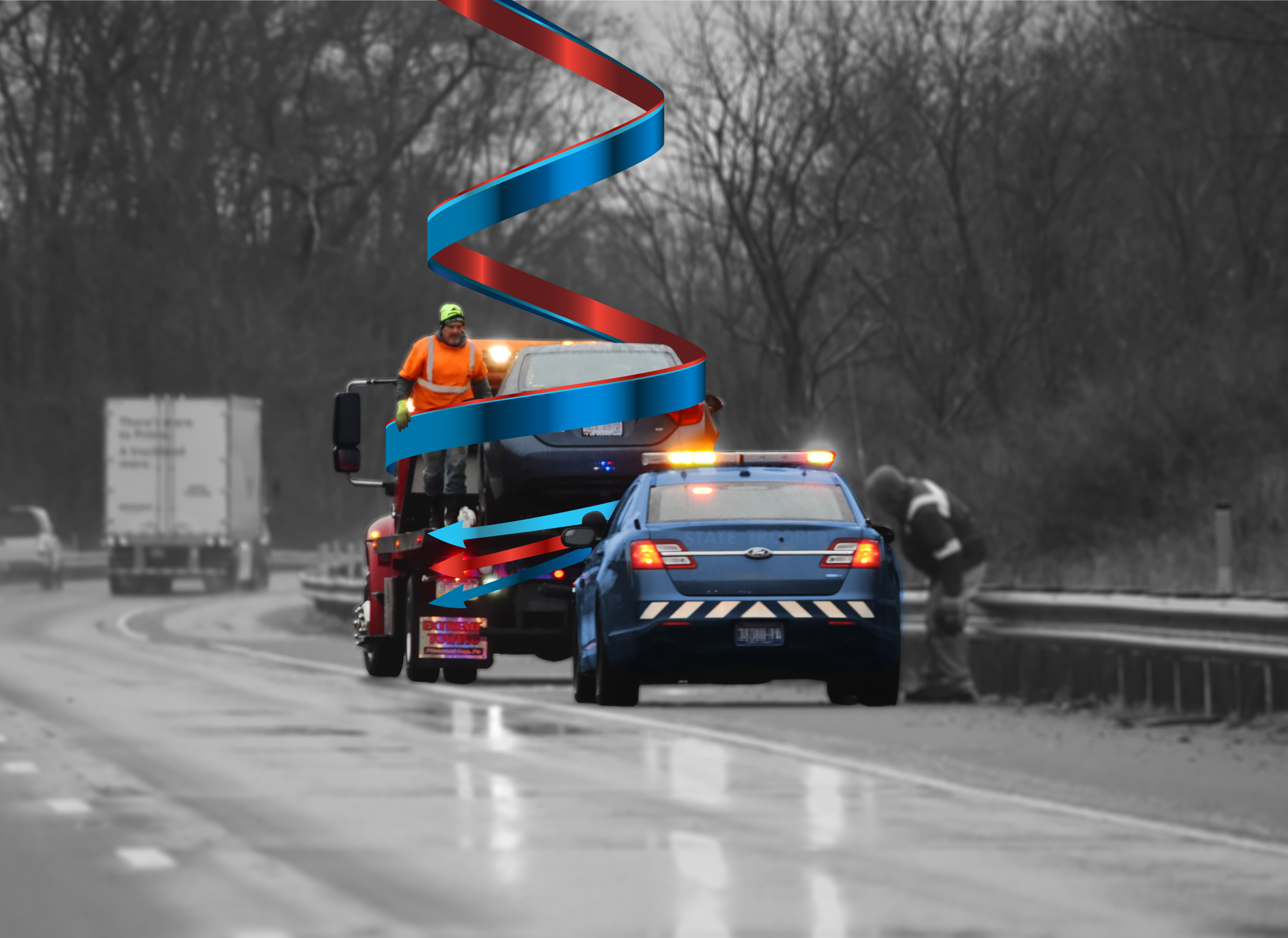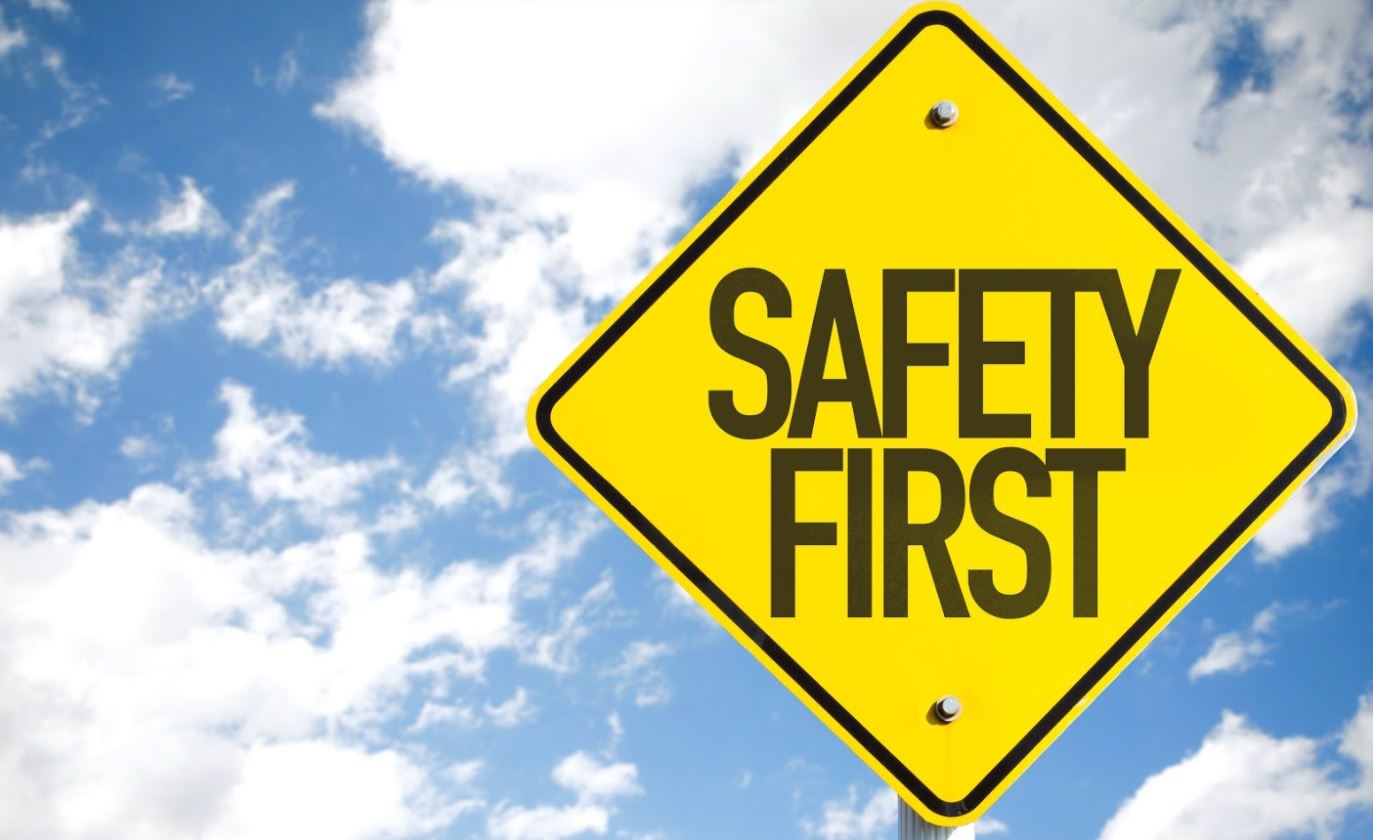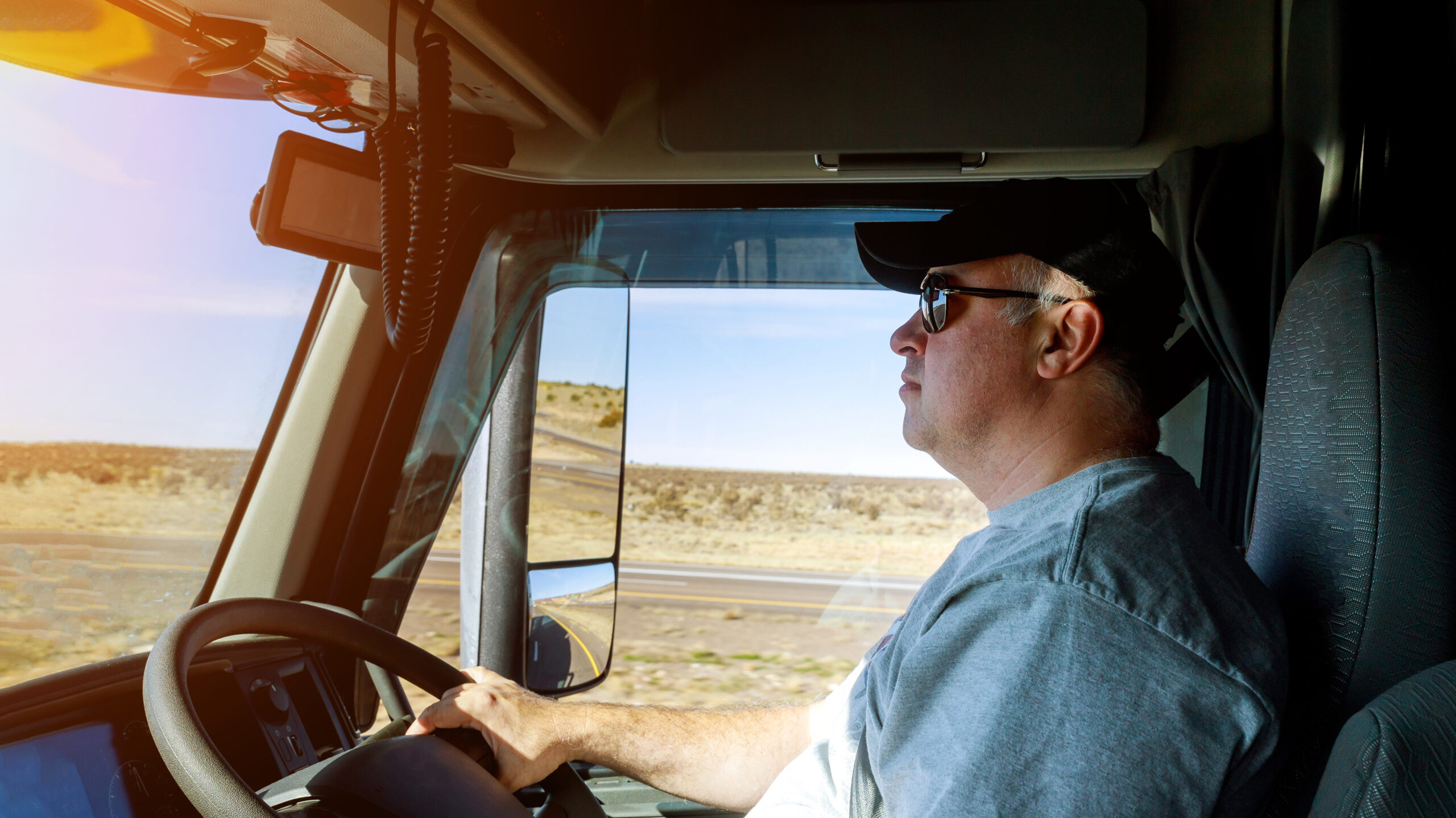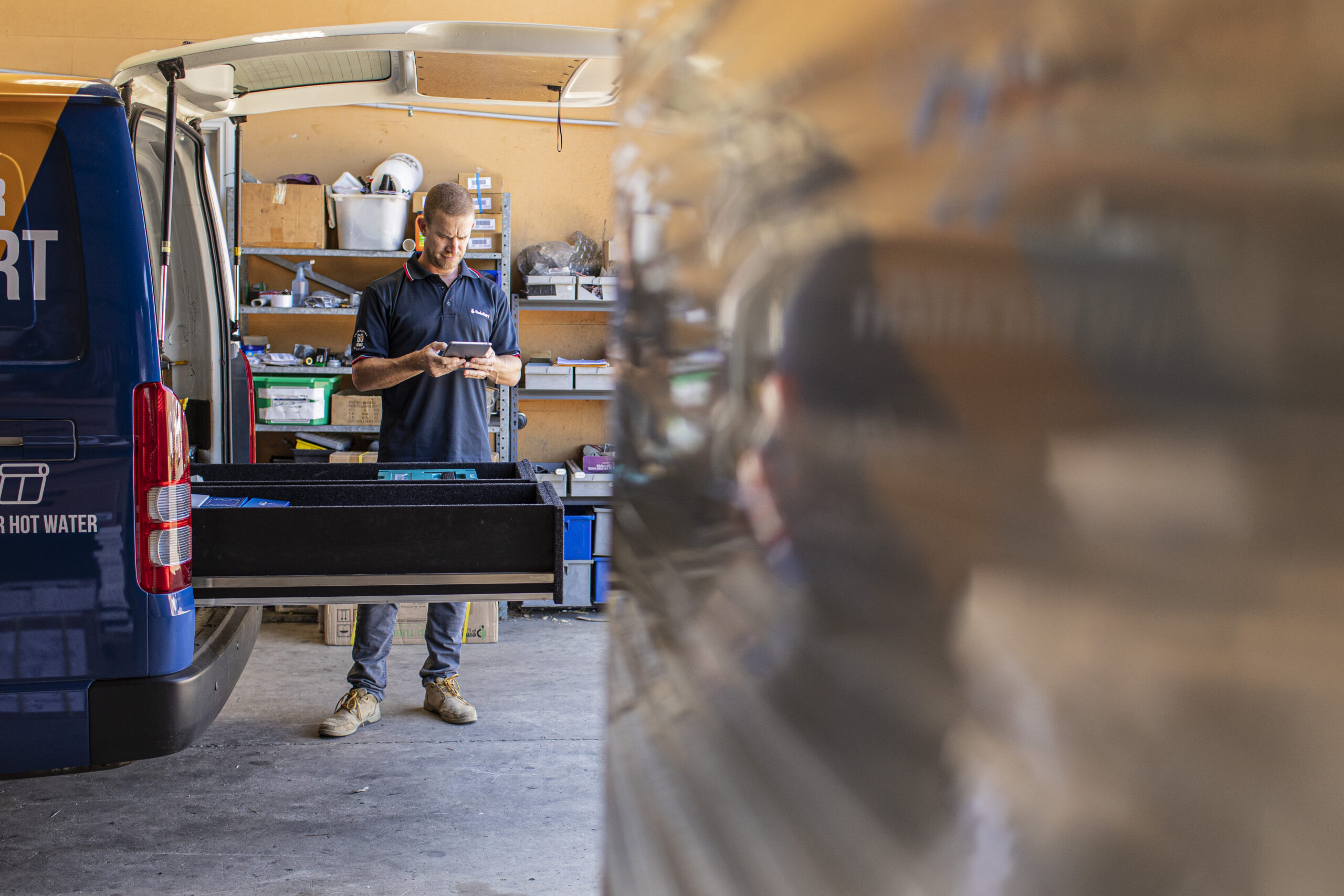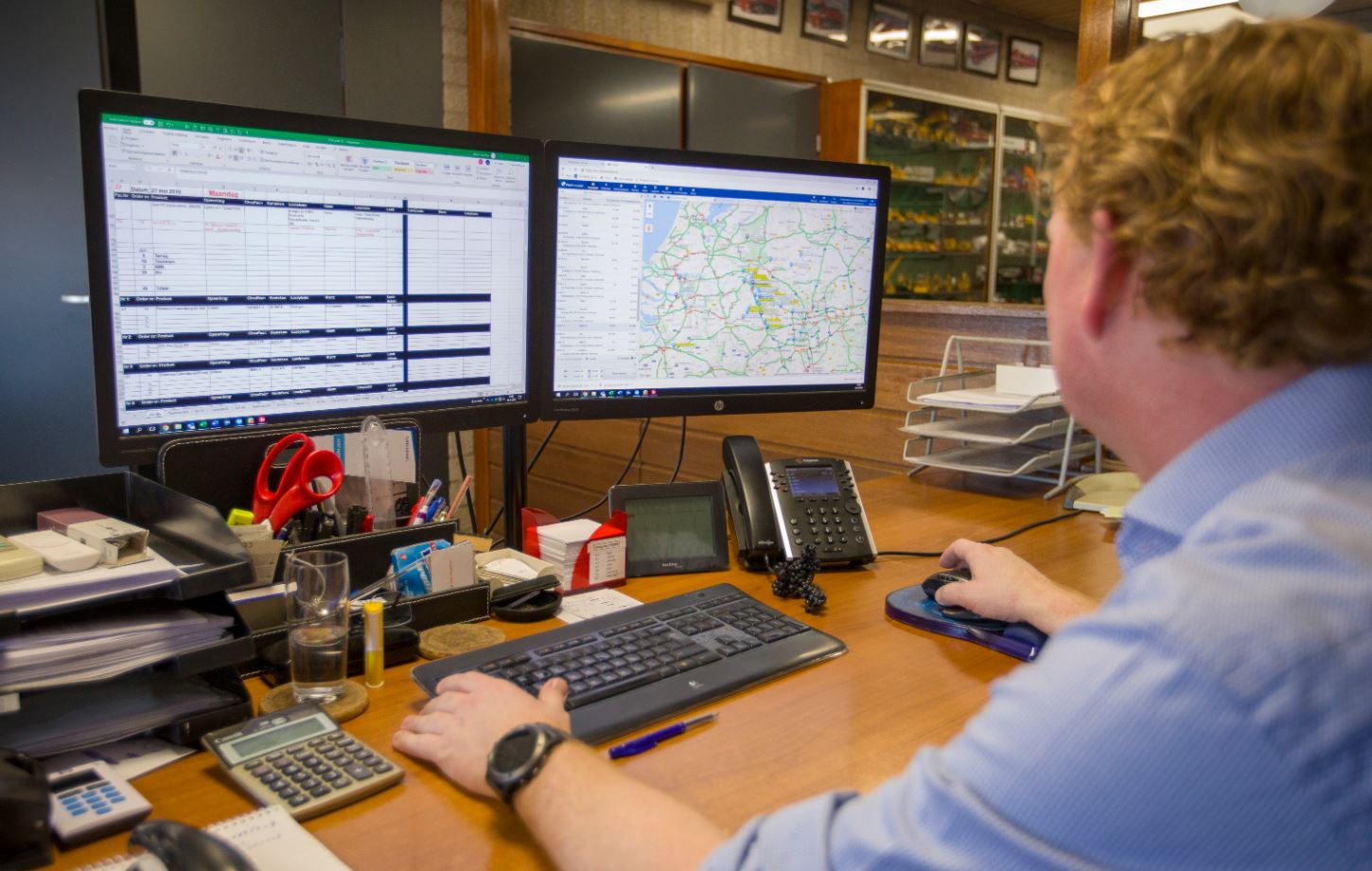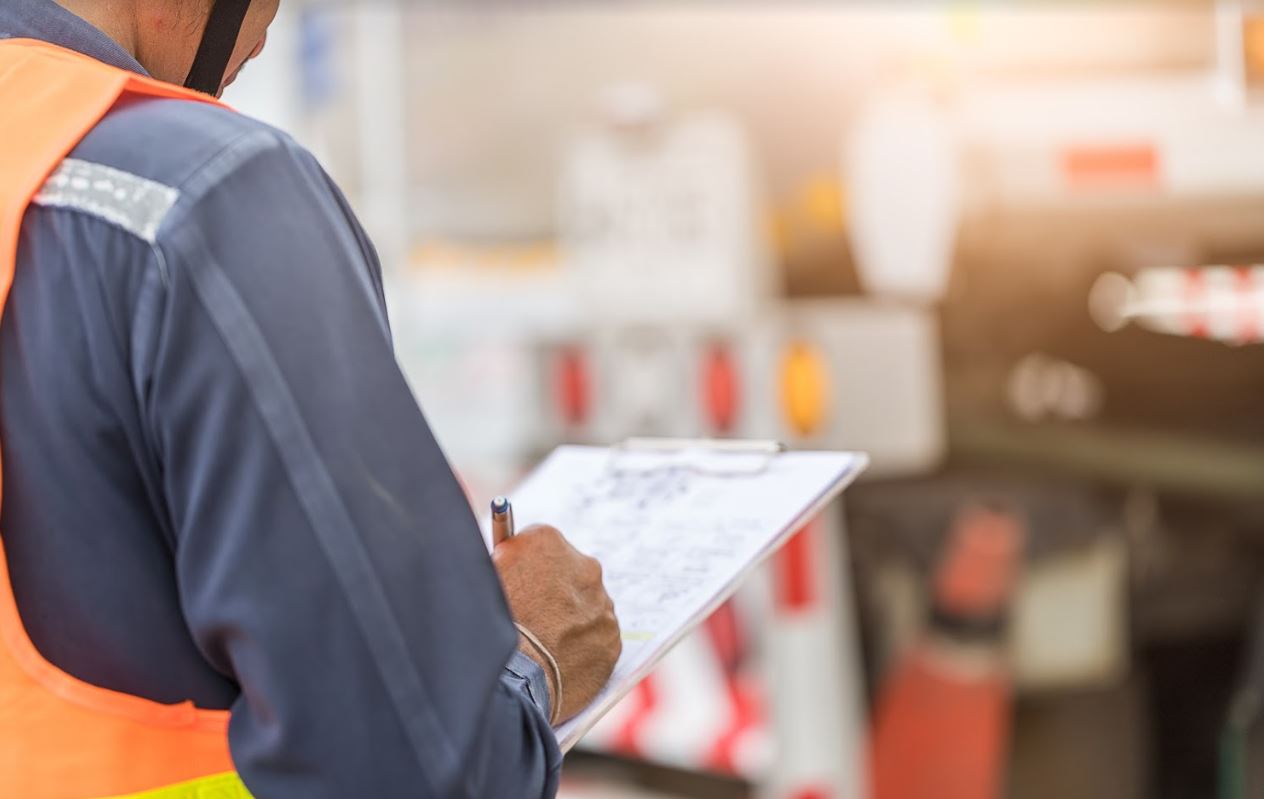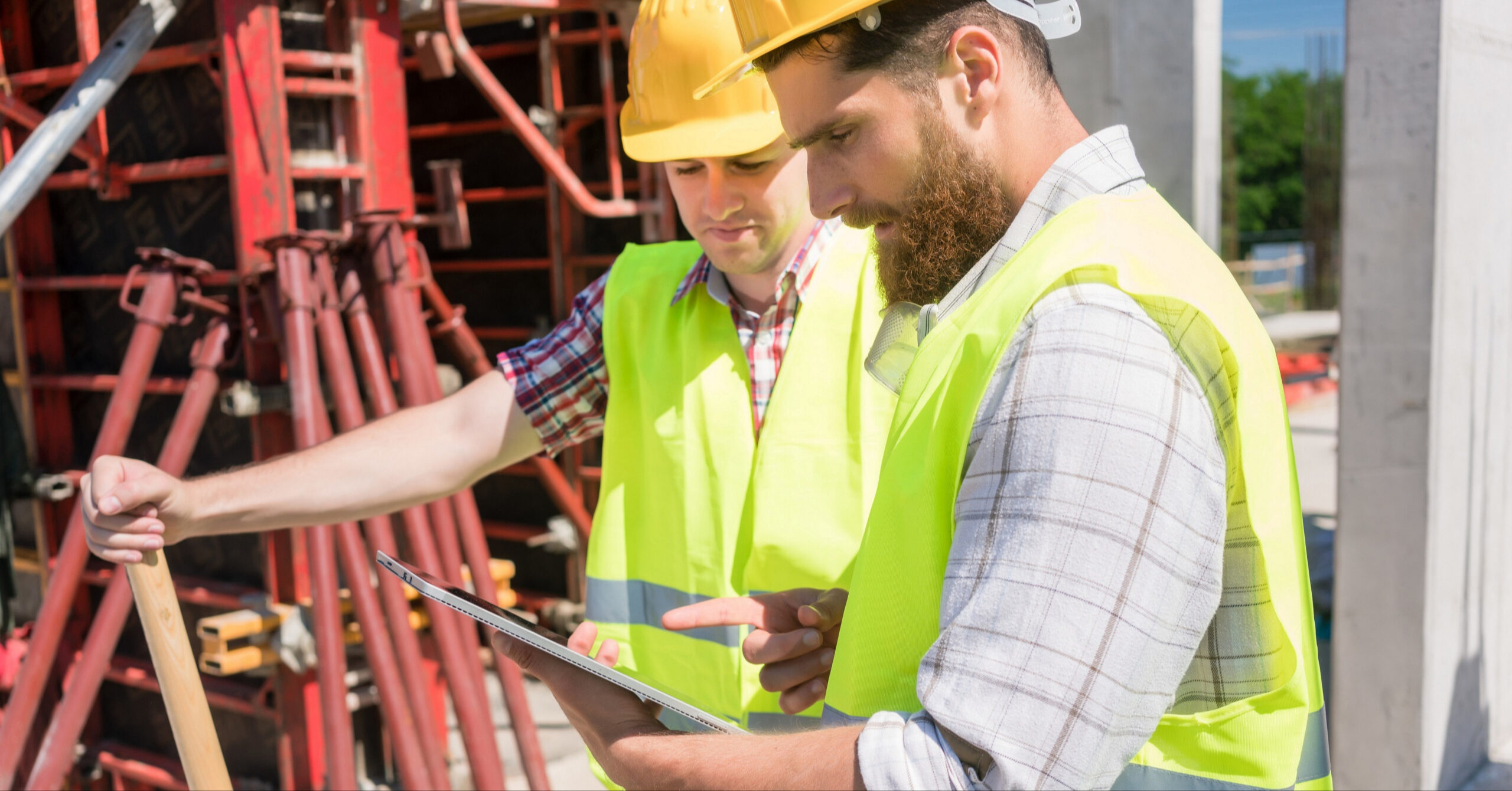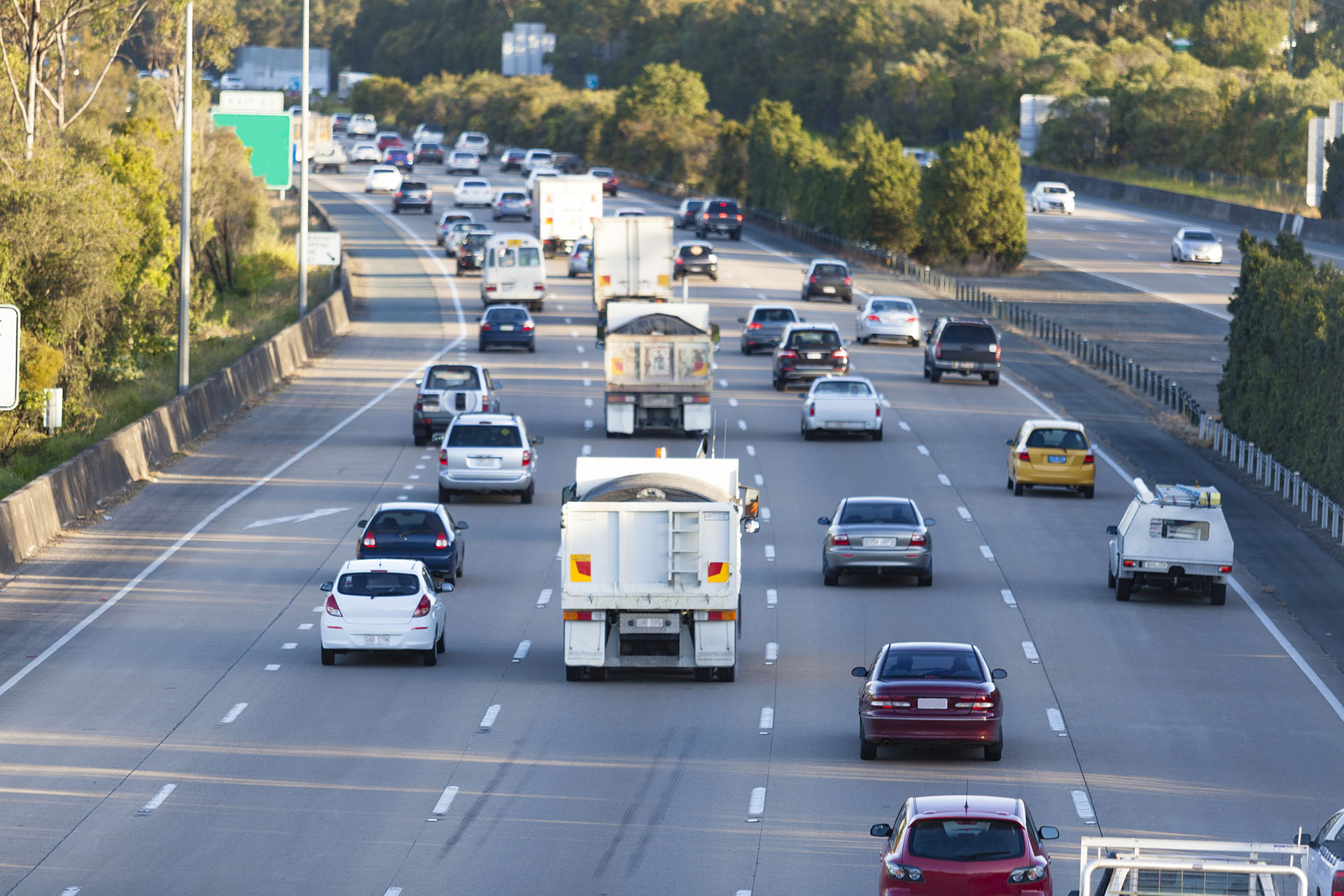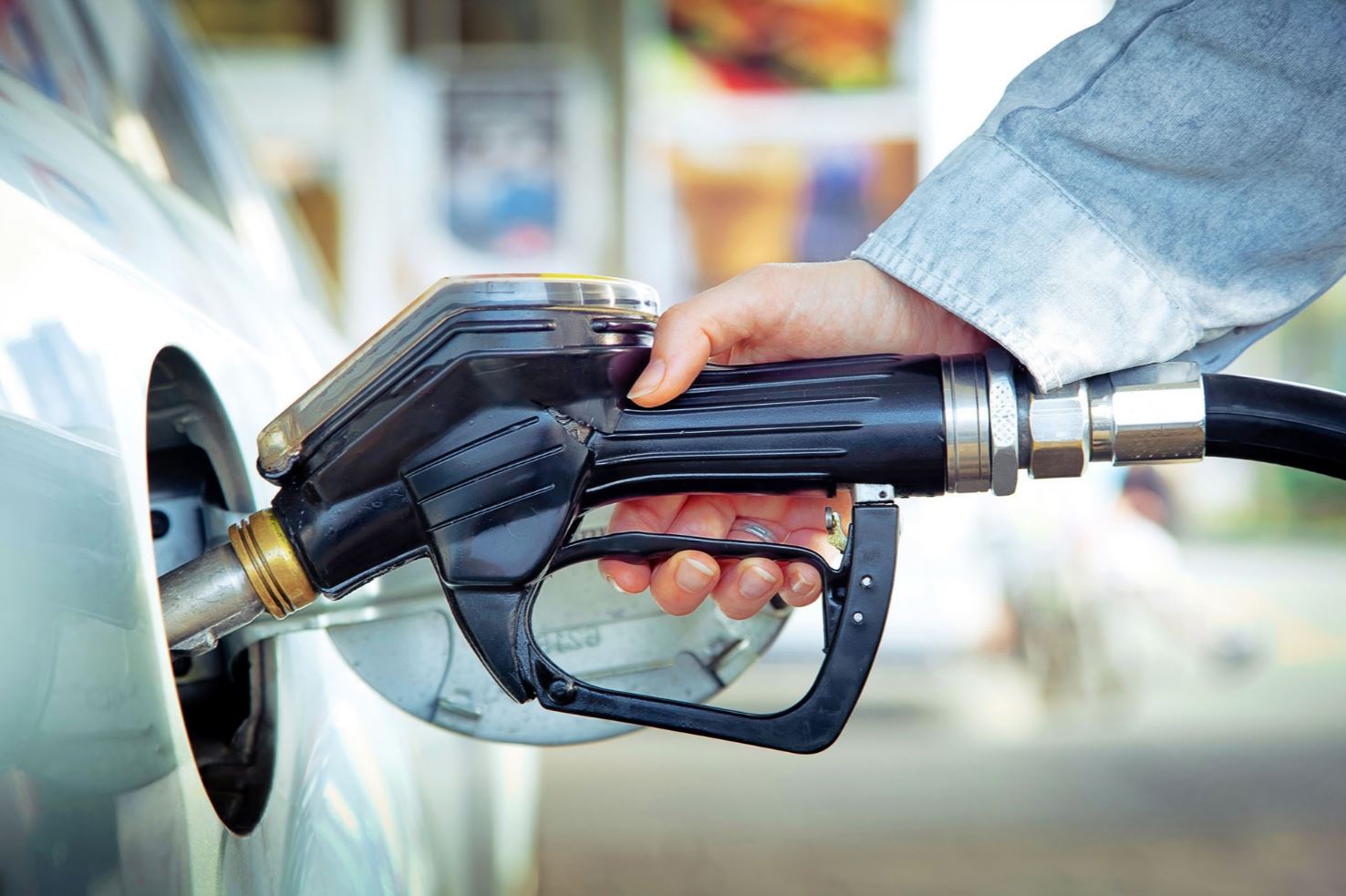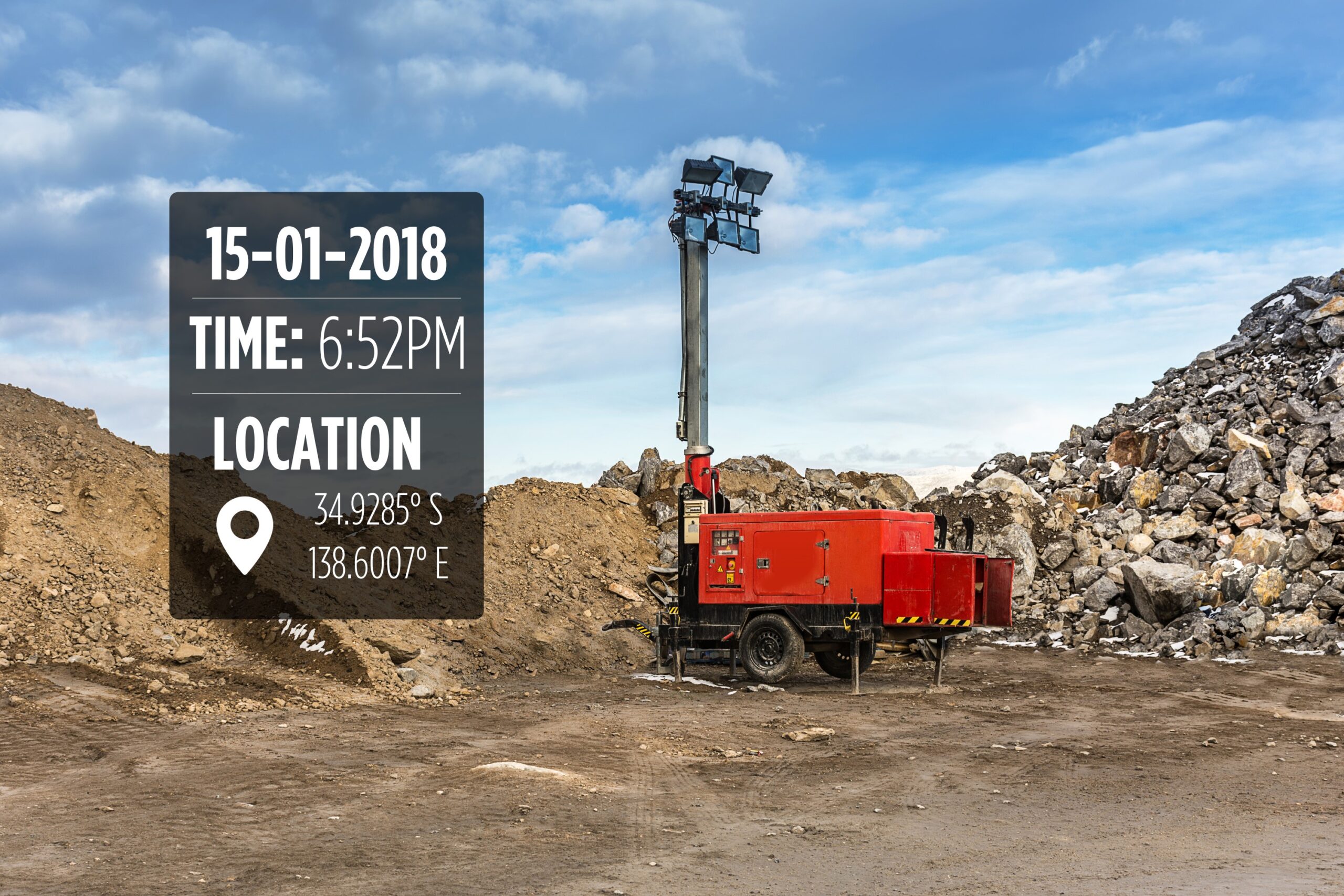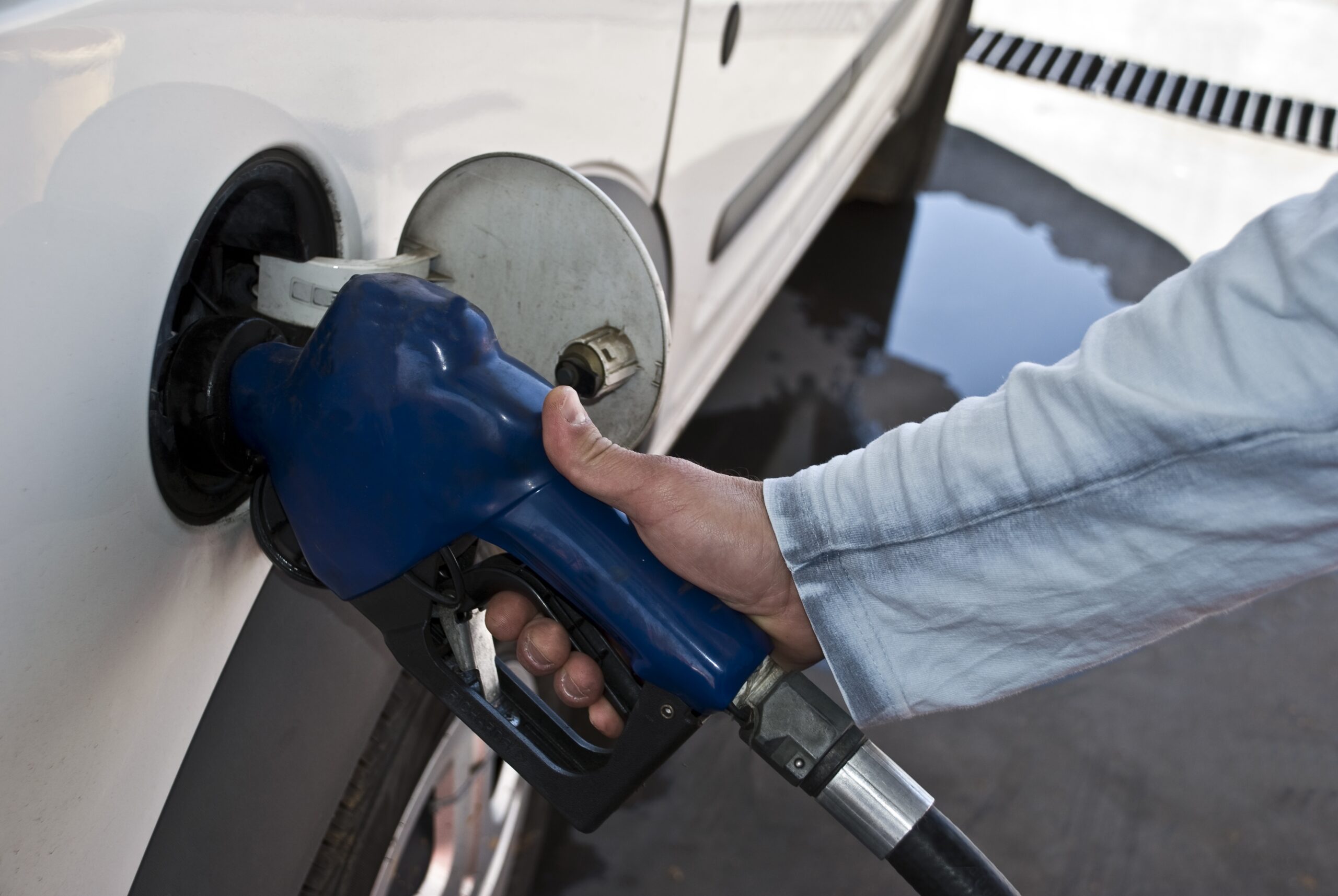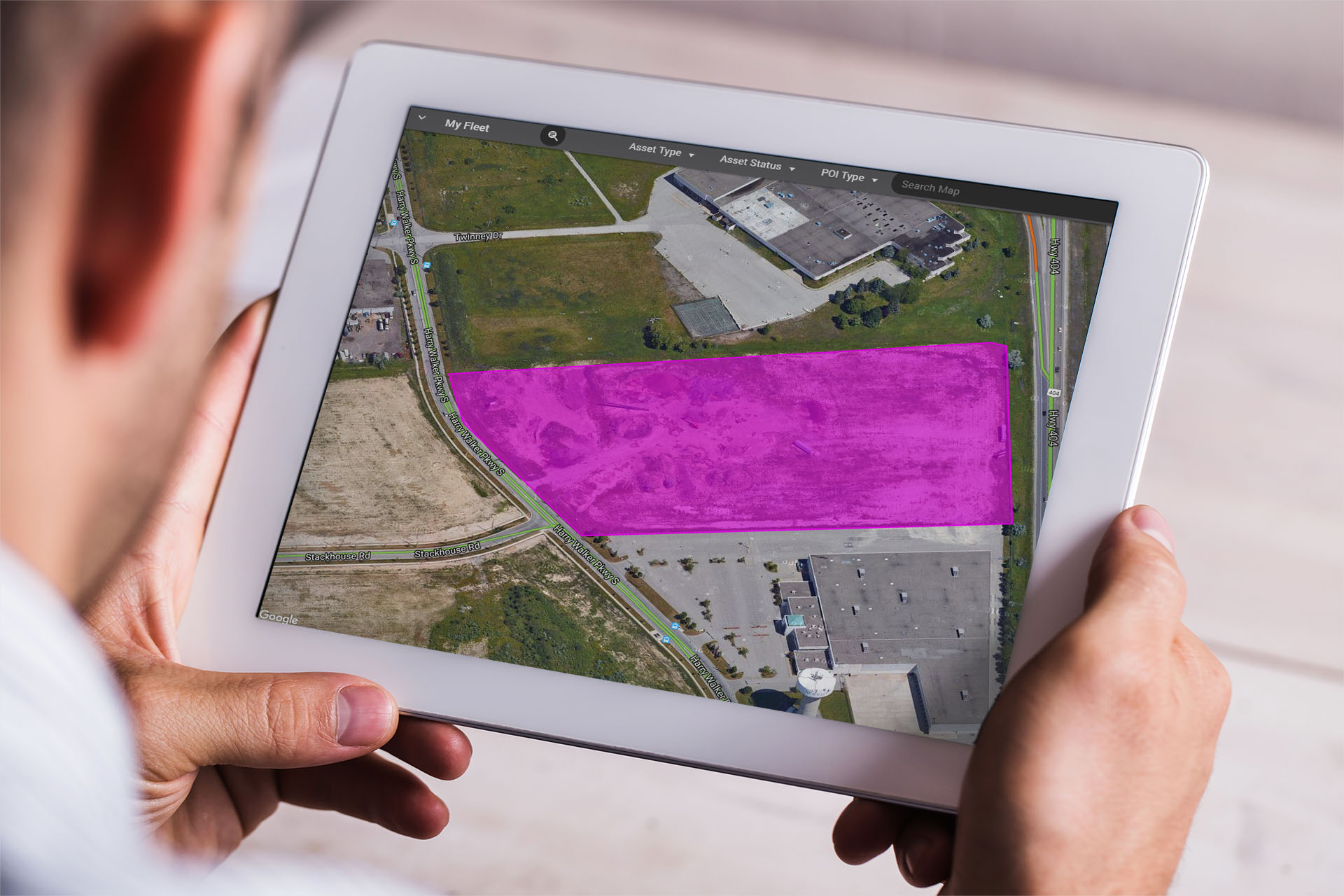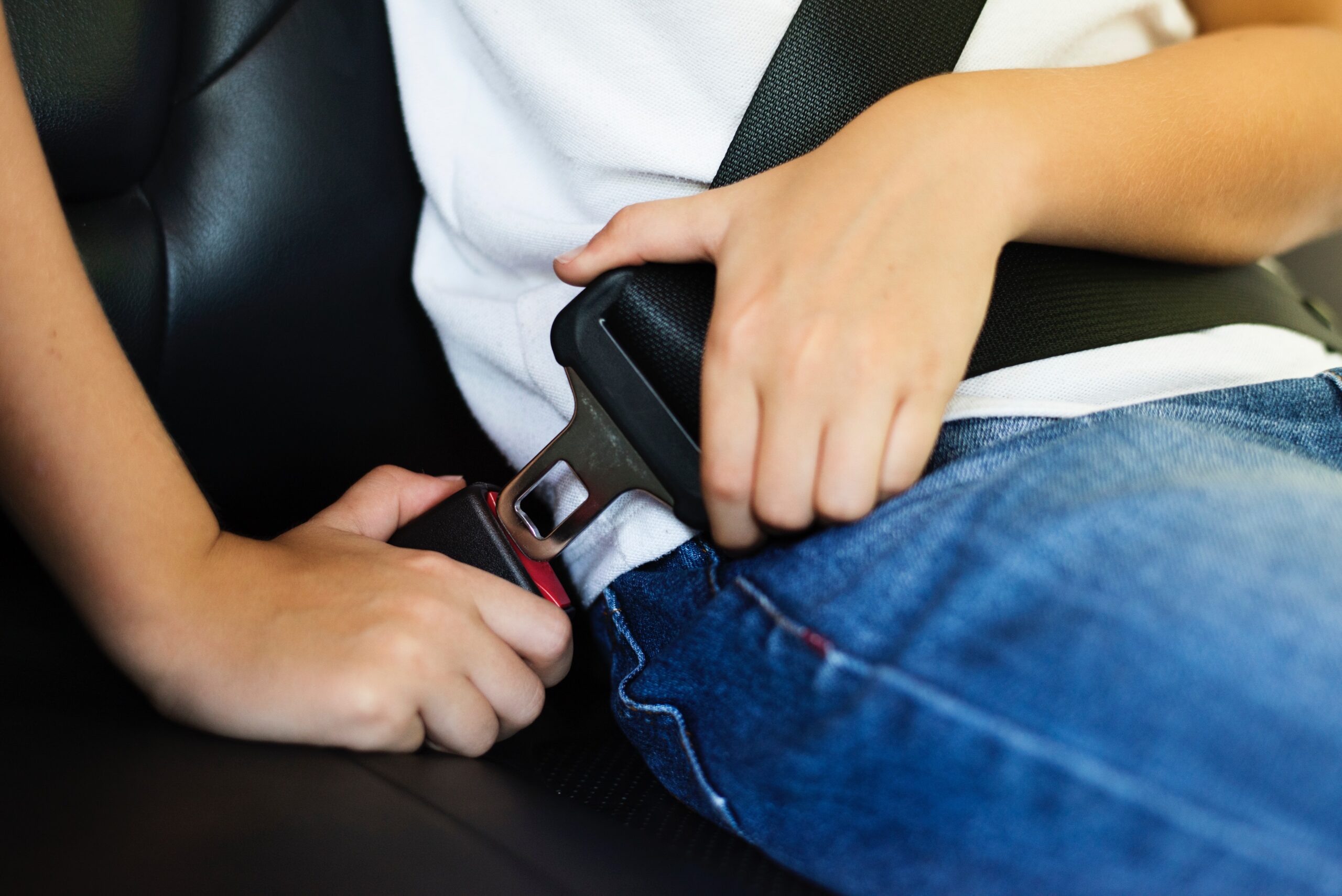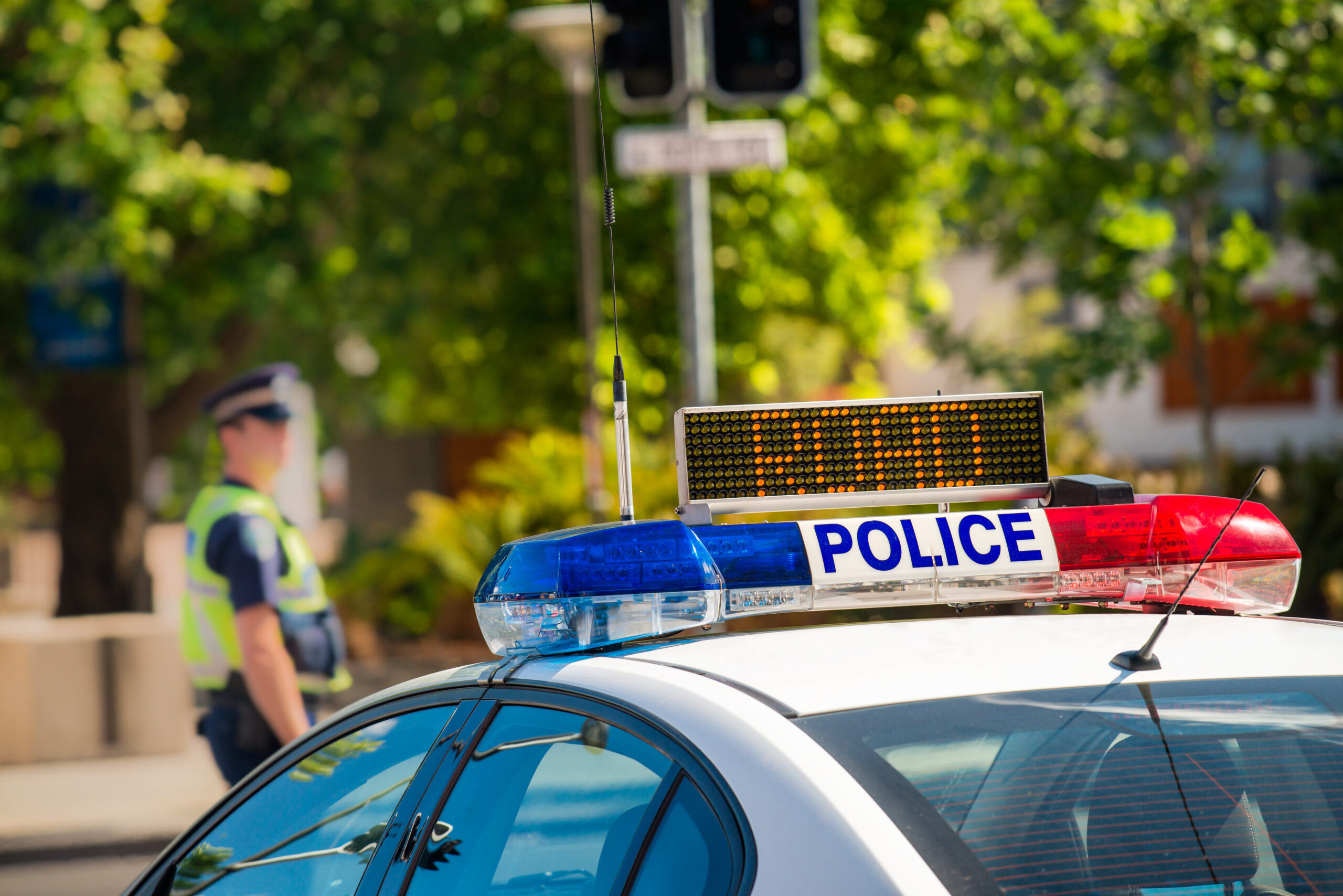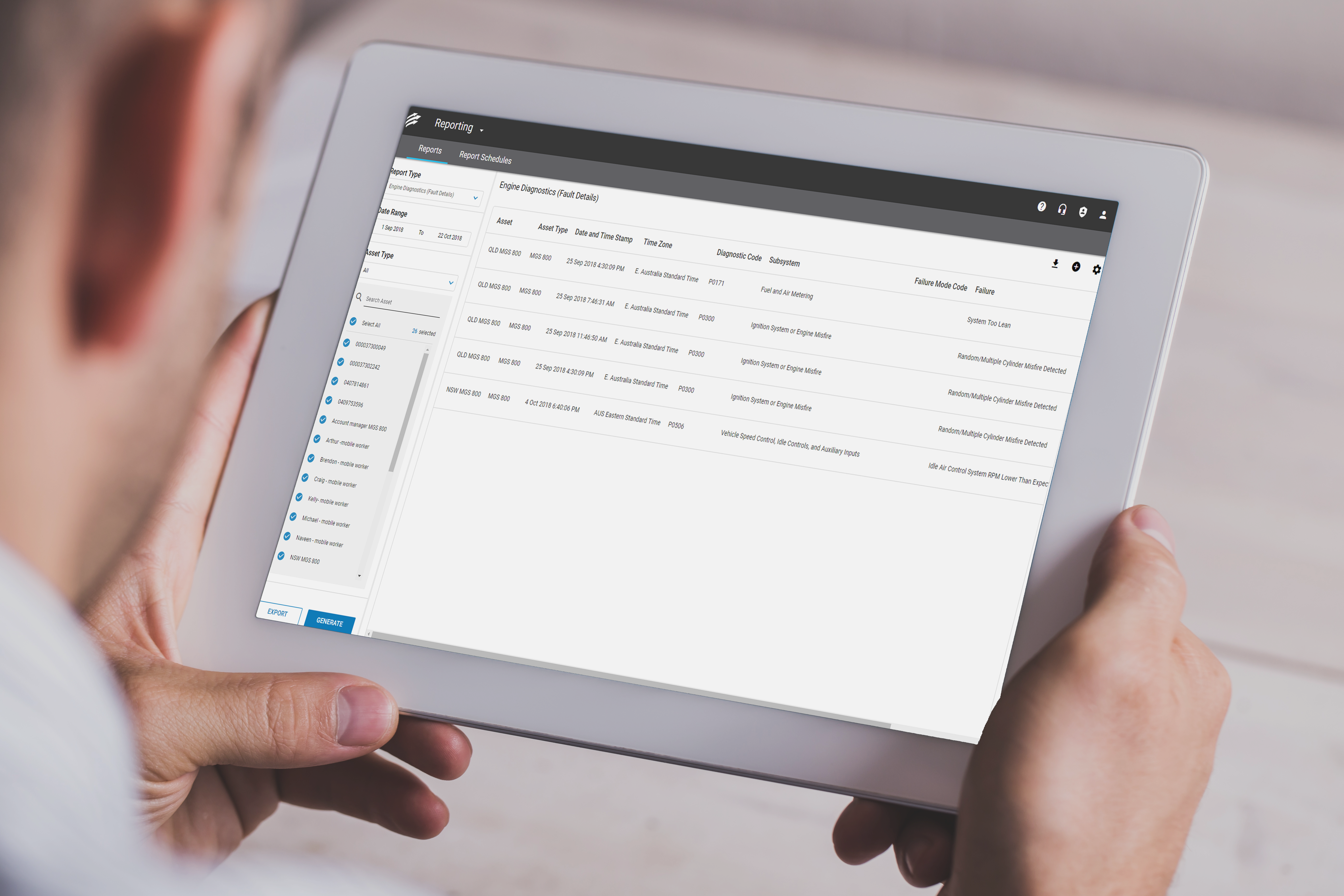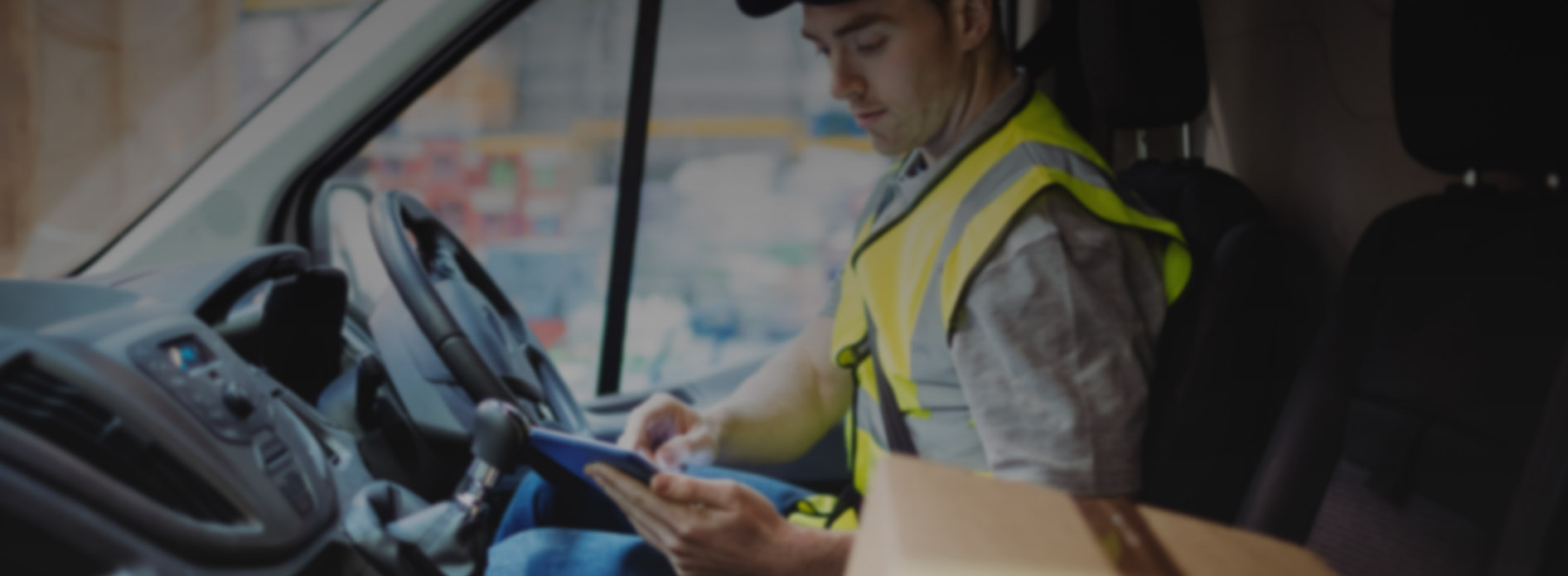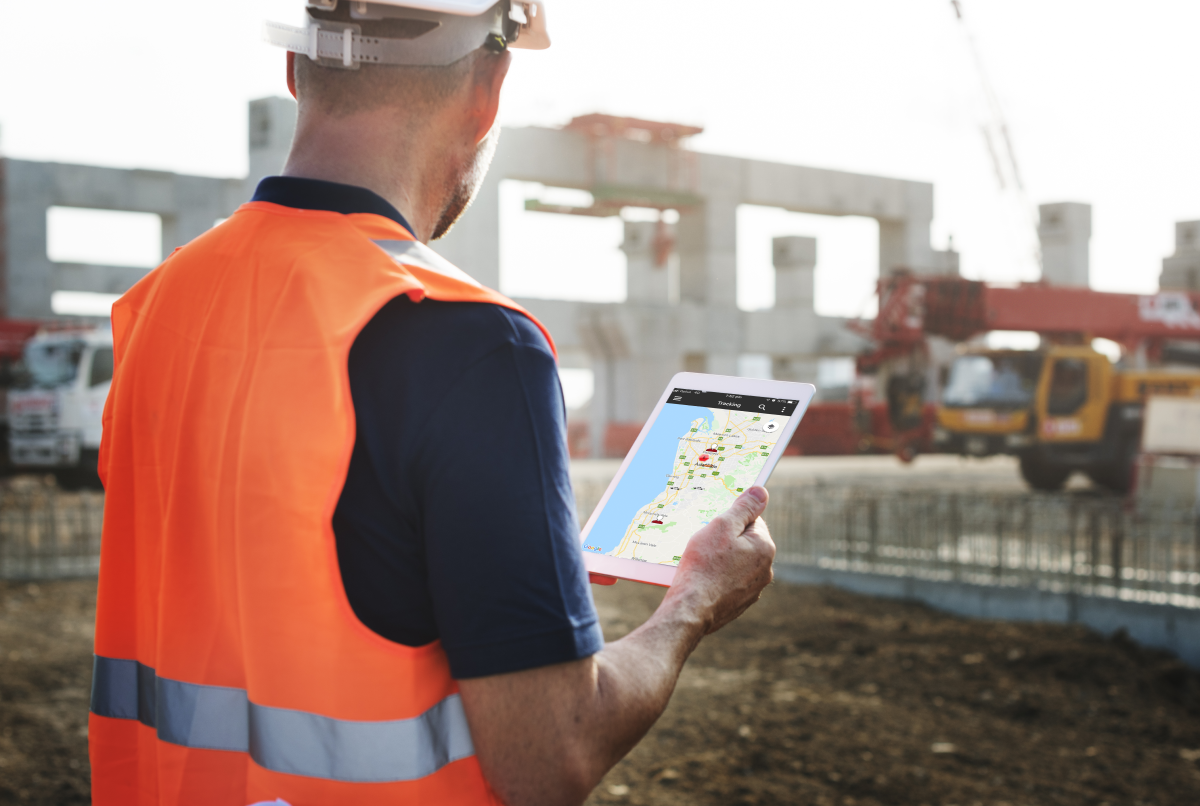 Although preventative measure are many and taken regularly, there are still improvements that can be added to the routine in order to increase the safety of those who care for the safety of the public.
Although preventative measure are many and taken regularly, there are still improvements that can be added to the routine in order to increase the safety of those who care for the safety of the public.

Emergency workers’ get in the thick of it when it comes to protecting human life, property and the environment, including:
- everyday emergencies (road accidents, crime scenes, gas explosions, fires)
- natural disasters (floods, storms, fires, earthquakes, volcanic eruptions)
- industrial accidents (involving hazardous materials, such as in the mining sectors)
- transport accidents (major car crashes, plane crashes, rail accidents)
- terrorist and criminal attacks (bomb attacks, gas attacks, shootings)
- massive public events (negative events during concerts, sport events, demonstrations)
Emergency service workers are exposed to a range of risks that can result in injury or worse – fatal incidents. Merely getting to the scene is a problem in itself, with vehicle collisions reported in many countries as the highest cause of on-the-job death among first responders.
Upon arrival, the exposure to potential calamities is far from over.
Operating in such a fast-paced and high-stakes environment where people’s lives are on the line, first responders commonly experience injuries from lifting or straining themselves, from exposure to harmful substances, from slipping, tripping or falling, and from violence or assaults.
In the case of assault against EMS workers, one U.S. report noted that almost all cases were perpetrated by the patient, half of whom were under the influence. And just last year, according to FBI data, a police officer was assaulted every 10 minutes.
The potential safety hazards and risks can occur in any kind of emergency intervention, ranging from:
- working in remote, difficult to access areas, unstable and extremely difficult weather conditions, and unpredictable hazards at the disaster scene, such as the danger of collapse of damaged structures. High risk of violence.
- dealing with many fatalities and injured people, high responsibility for people’s lives, time pressure, long, unpredictable working hours.
- physically demanding work, insufficient breaks, manual handling (wearing heavy protective equipment, transportation of patients, carrying dead bodies, removal of debris).
Whether it’s a firefighter who has just had their last exit blocked, a police officer who needs urgent back up when confronted by a weapon-wielding assailant, or a paramedic who is working with an unstable patient—there is a clear need for increased safety precautions to protect first responders in extreme scenarios.
 Personal Duress: On-person monitoring at all times
Personal Duress: On-person monitoring at all times
Fleet Complete’s Personal Duress is a lightweight, pocket-sized personal monitoring device, designed to be worn by personnel in higher-risk professions, especially in cases of working alone remotely. It’s an additional layer of safety to protect first responders with GPS location and a panic button.
At all times, the tracker’s sensor technology monitors movement and can alert to man-down or no-movement.
Additionally, the tracker incorporates a number of safety features that help to provide a higher level of protection to your mobile staff in the field.
- Broad network coverage
Personal Duress covers remote workers wherever they are. It integrates with our GPS and Satellite in-vehicle tracking solution, so if needed, help can be on the way as soon as possible no matter the location.
- Long lasting battery charge
Depending on reporting frequency, a single battery charge can last for up to 7 days. Battery life is based on one trigger per day
- Distress call functionality
First responders can make an urgent distress call through a panic alarm-style feature on the tracker. It sends a high-importance alert back to base, requesting immediate assistance.
- Inactivity alerts
In some scenarios, first responders may be unable to use the distress call when it is needed—like if they are unconscious. In this instance, after a short period, the tracker will send an alert indicating that all activity has ceased and the person is likely in trouble.
- Free fall and impact detection
Additionally, the tracker’s 3D accelerometer technology is designed to pick up free fall and impact—instantly informing base of a man-down situation.
Protecting the lives of lifesavers
Ultimately, emergency service workers are at risk of more than just injury; there is a very real risk of a fatal outcome, and their daily efforts are all in the effort to protect the safety of others. While there are many preventative measures that are implemented into EMS training and operations, new technology can help augment the safety in the field that can be the difference between life and death—for both first responders and the public. Providing the right equipment and tools to those who are in high-risk occupations to perform their jobs safely is paramount to the public safety as well.
Read more: Improving safety and response times for emergency workers






